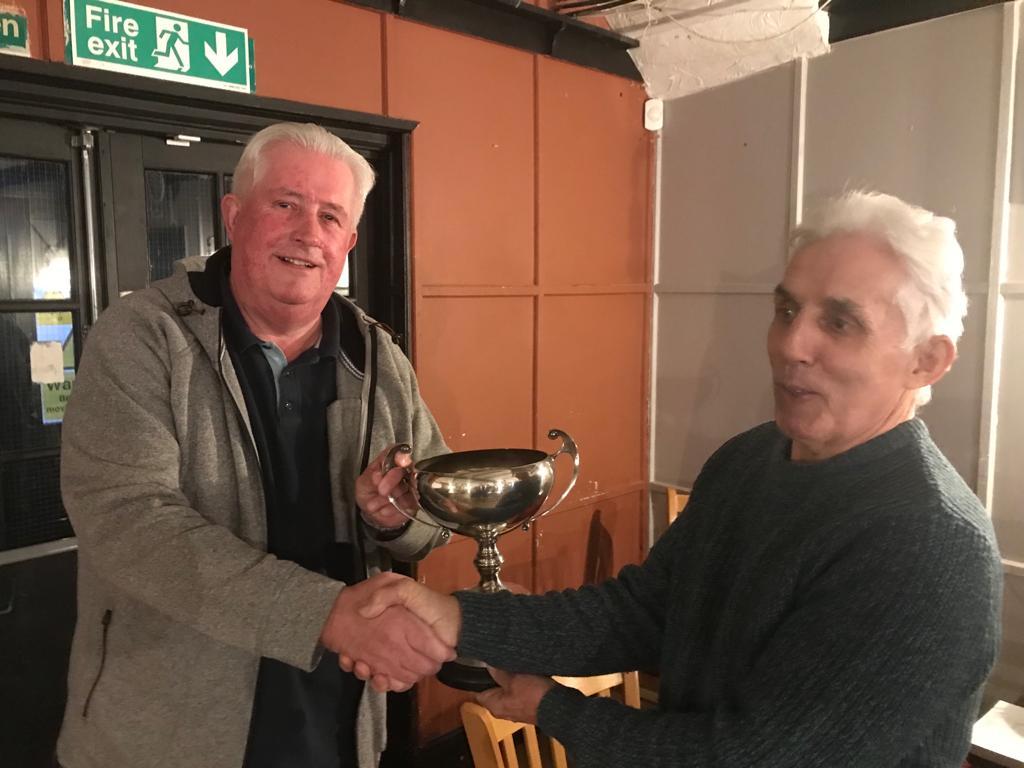Dan Hole and latisha Palmer banked 4 fish out up to 32lb 4oz from lodge lake on spit bay and the gap swims fish weights were a mid 20’s , 30lb 2oz, 31lb 11oz , plus the 32lb 4oz all fish caught on ldm Baits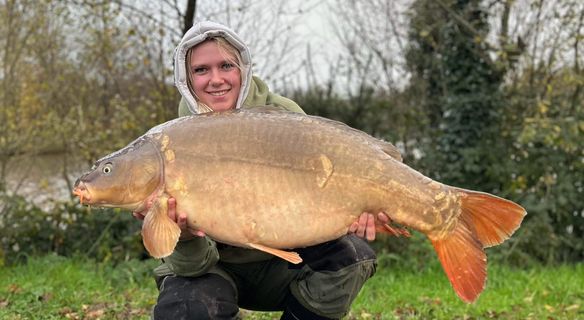
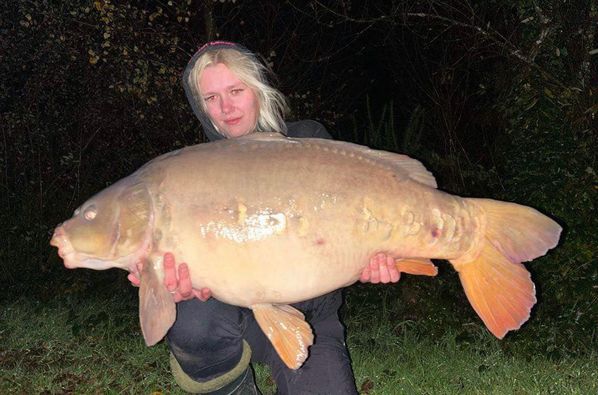
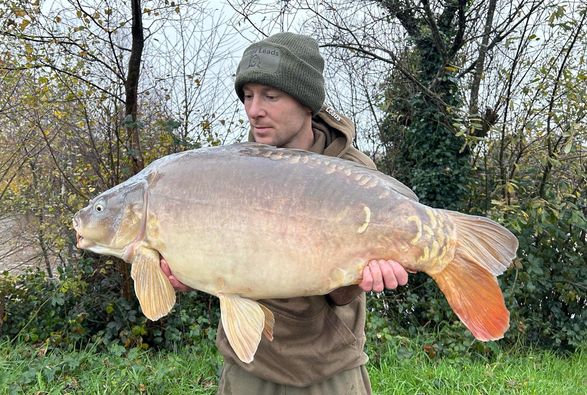

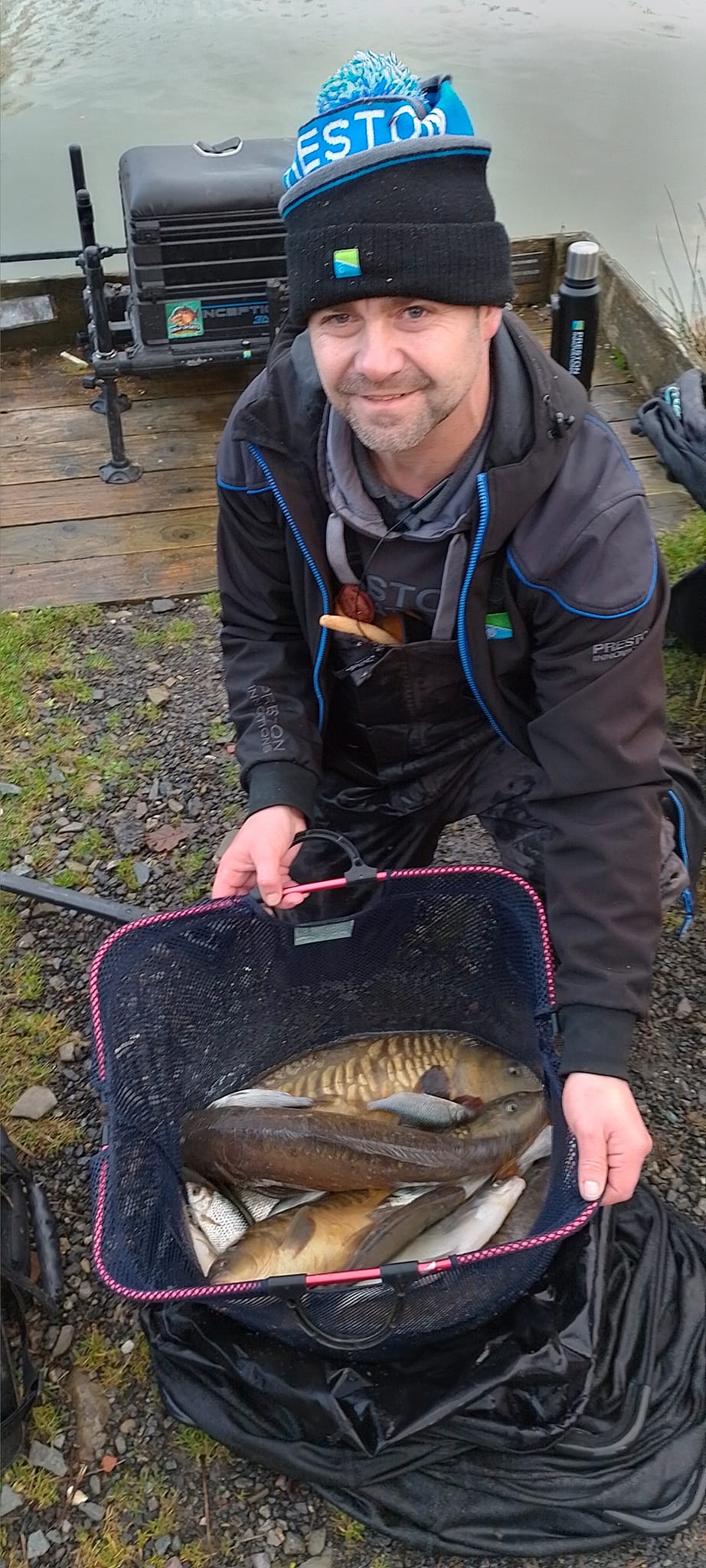
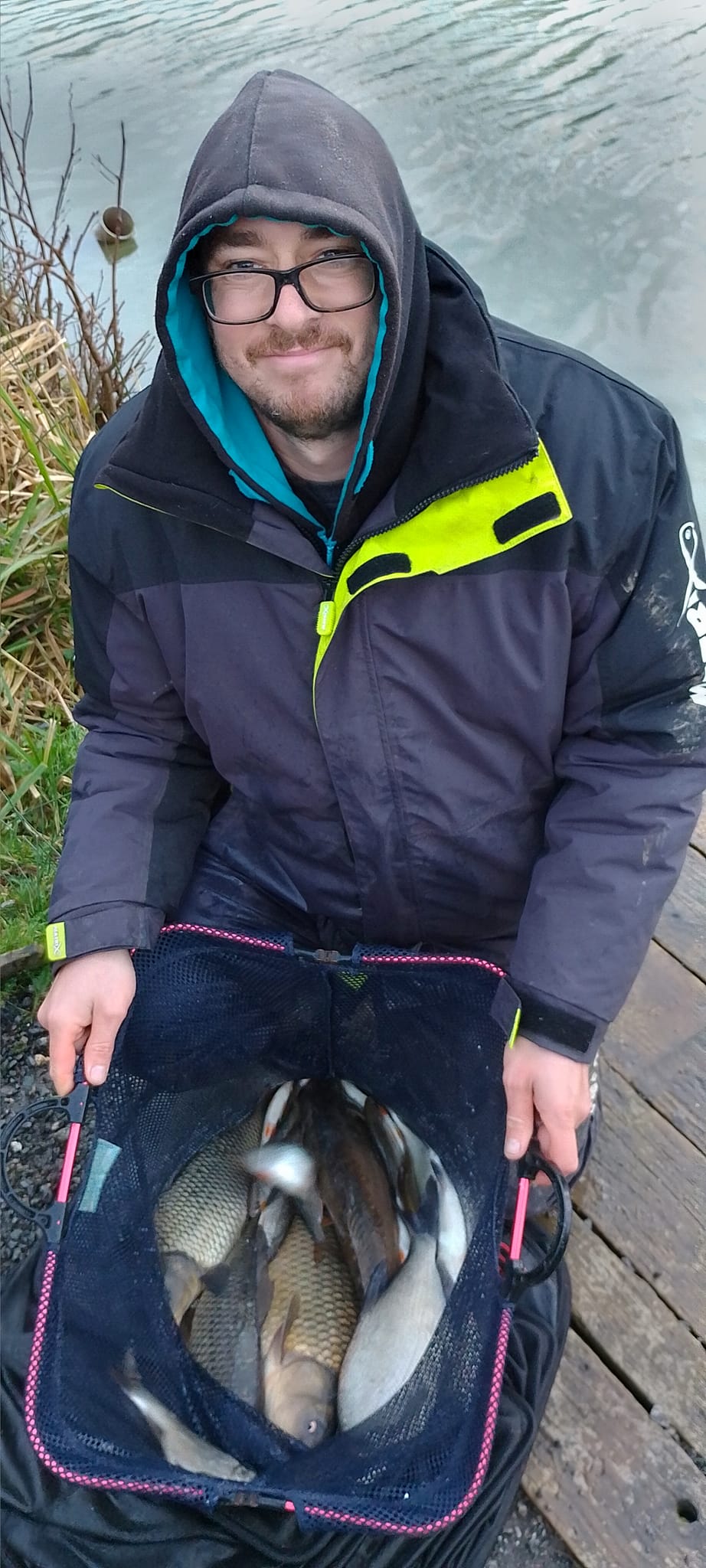
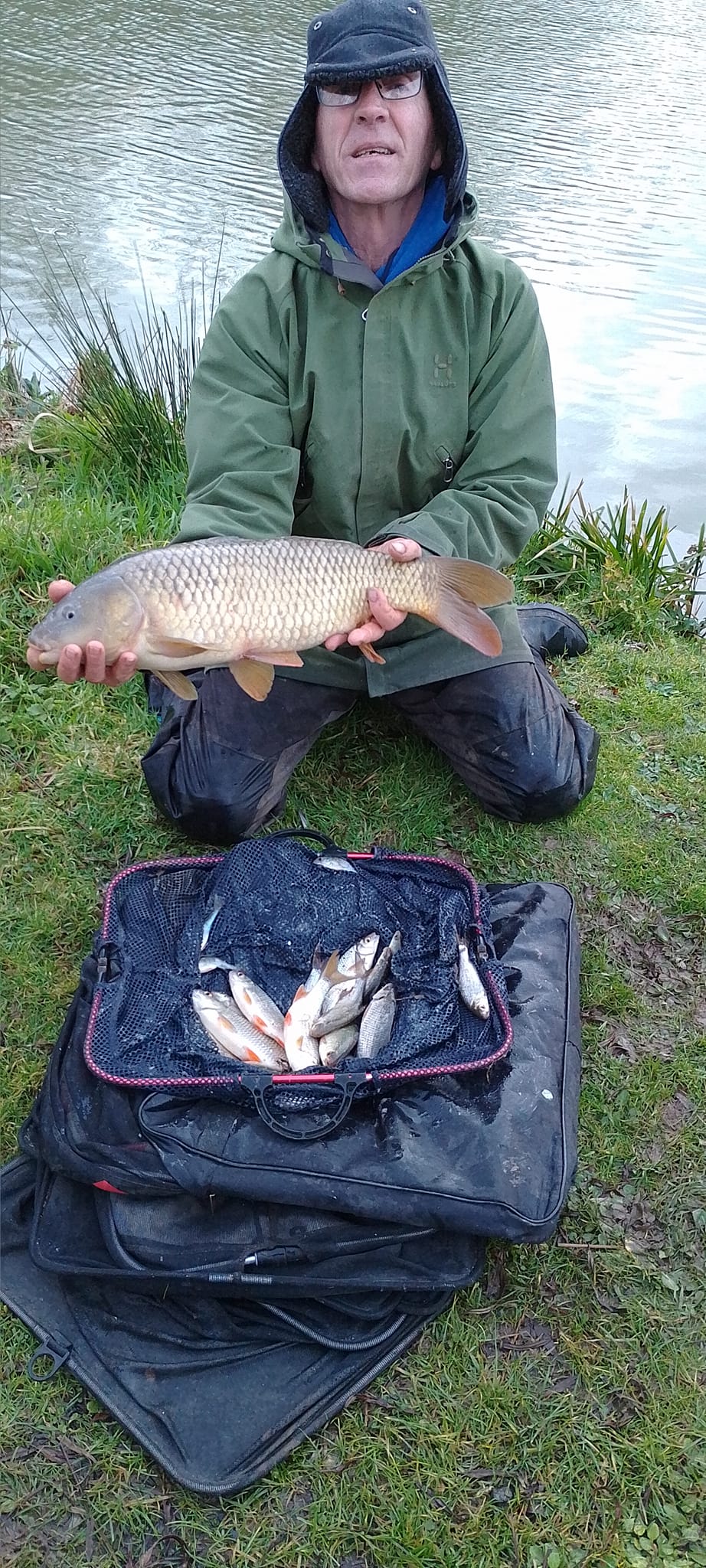
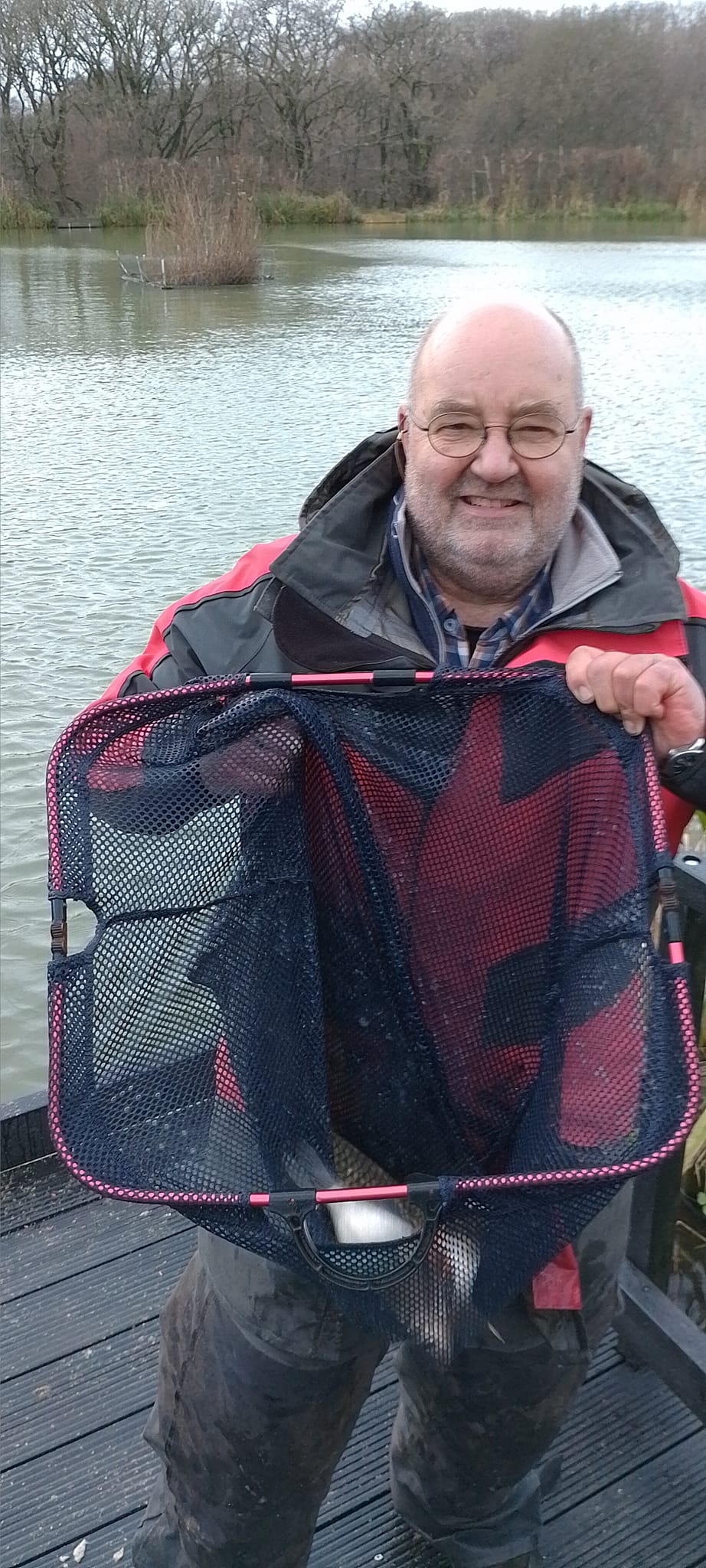
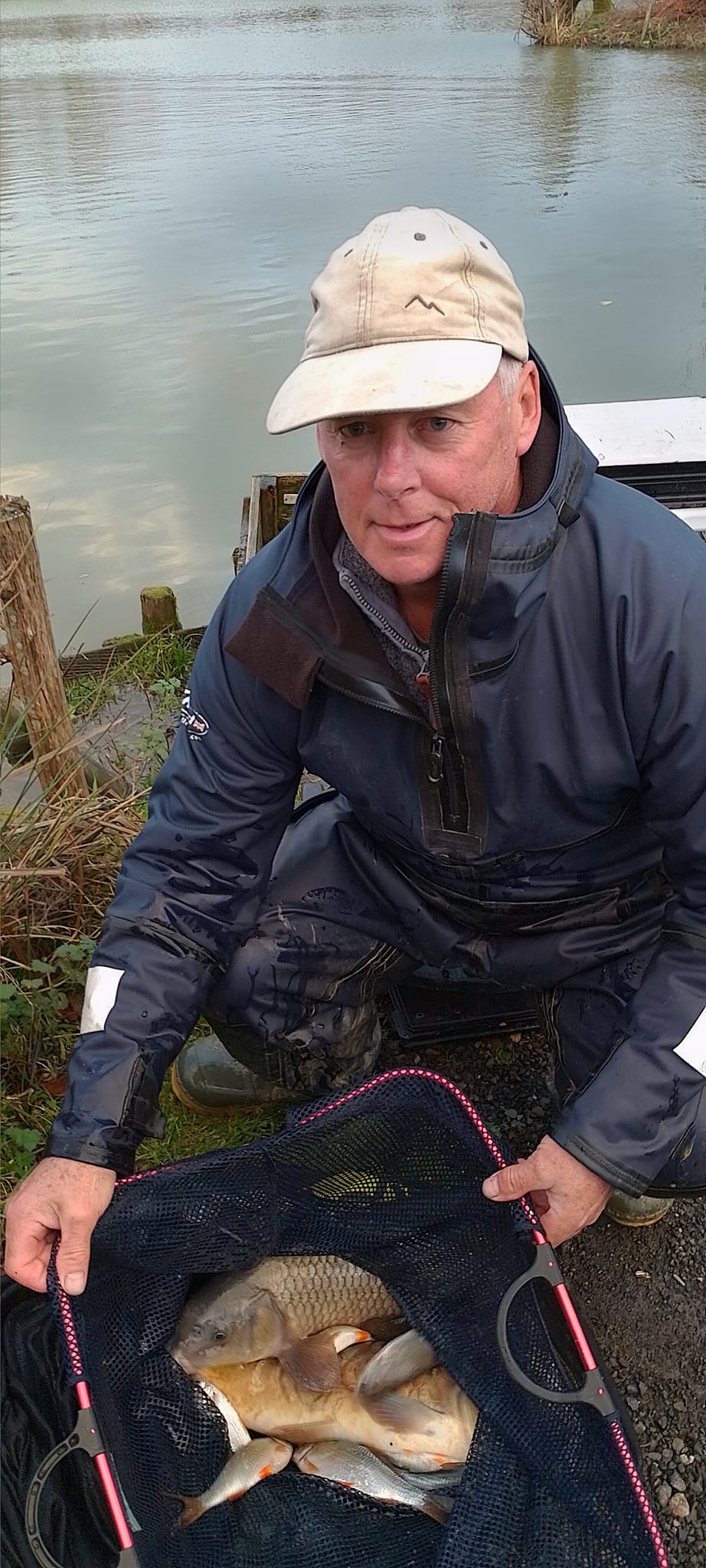
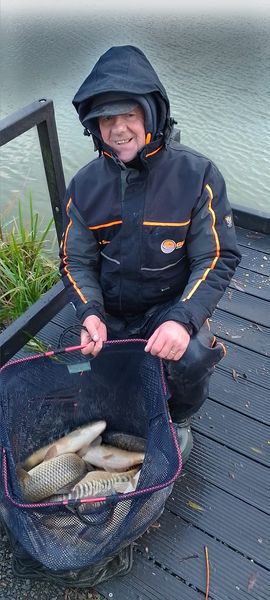
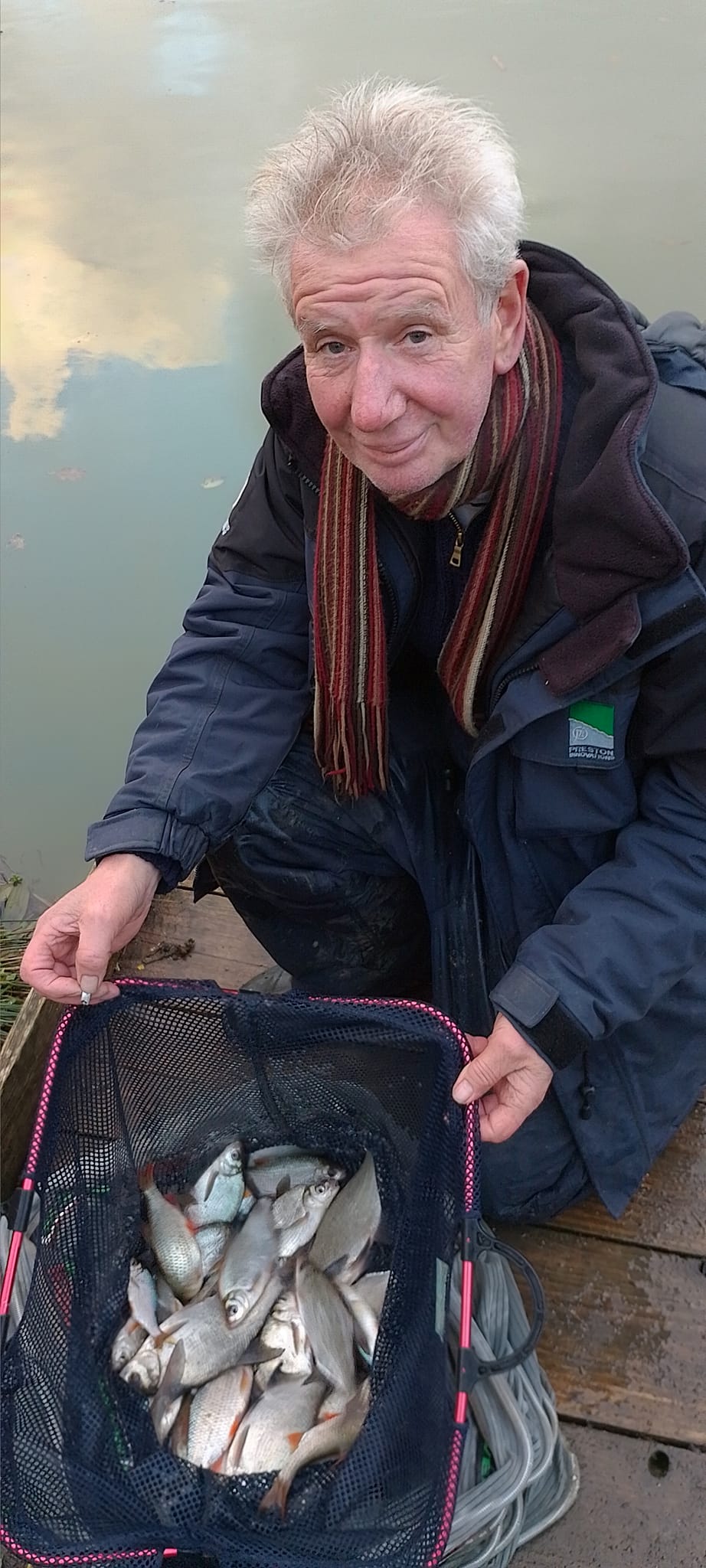
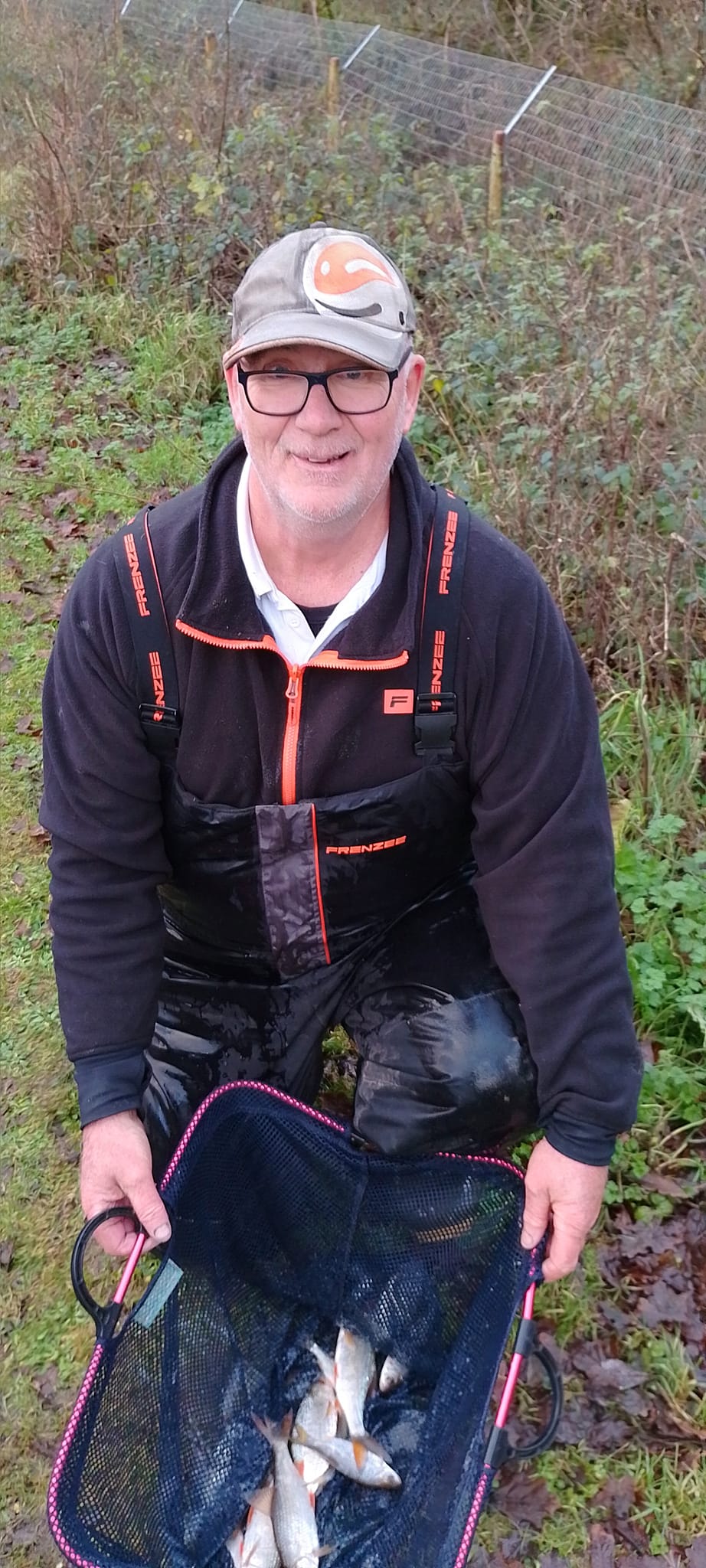
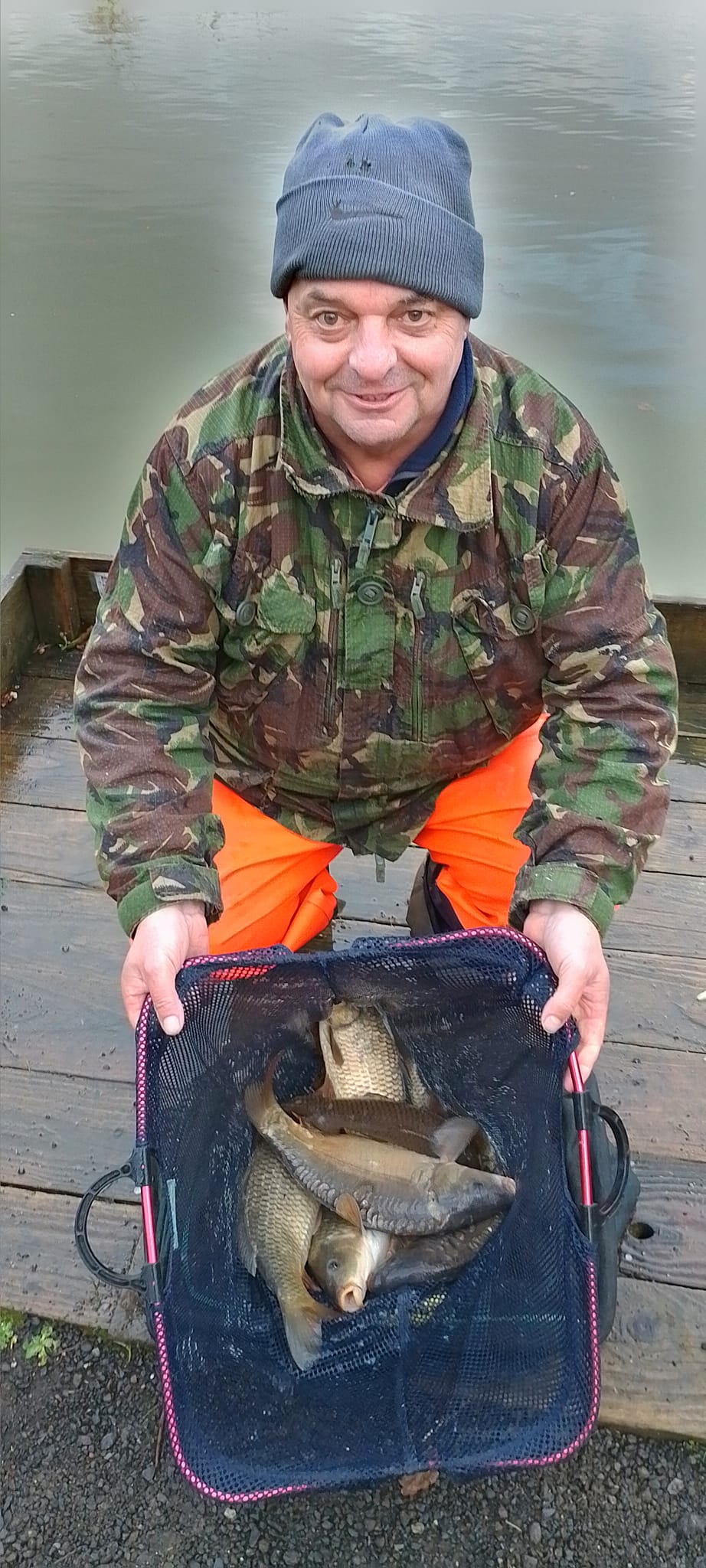
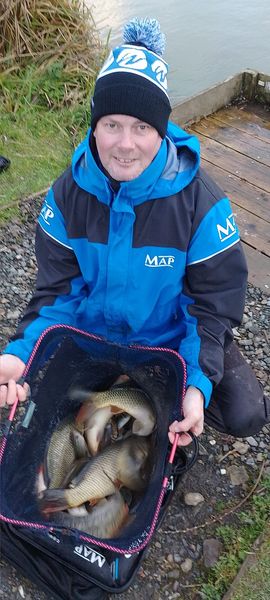
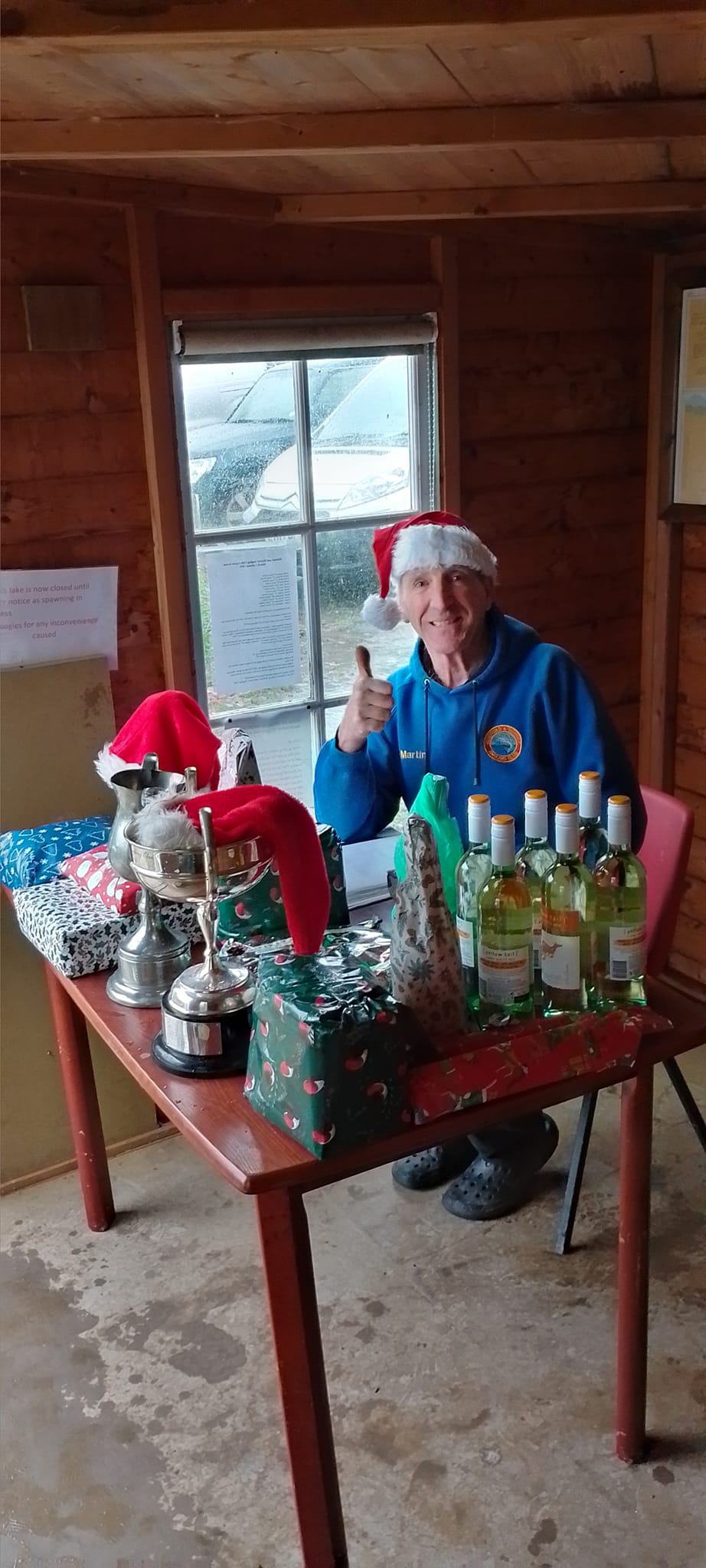
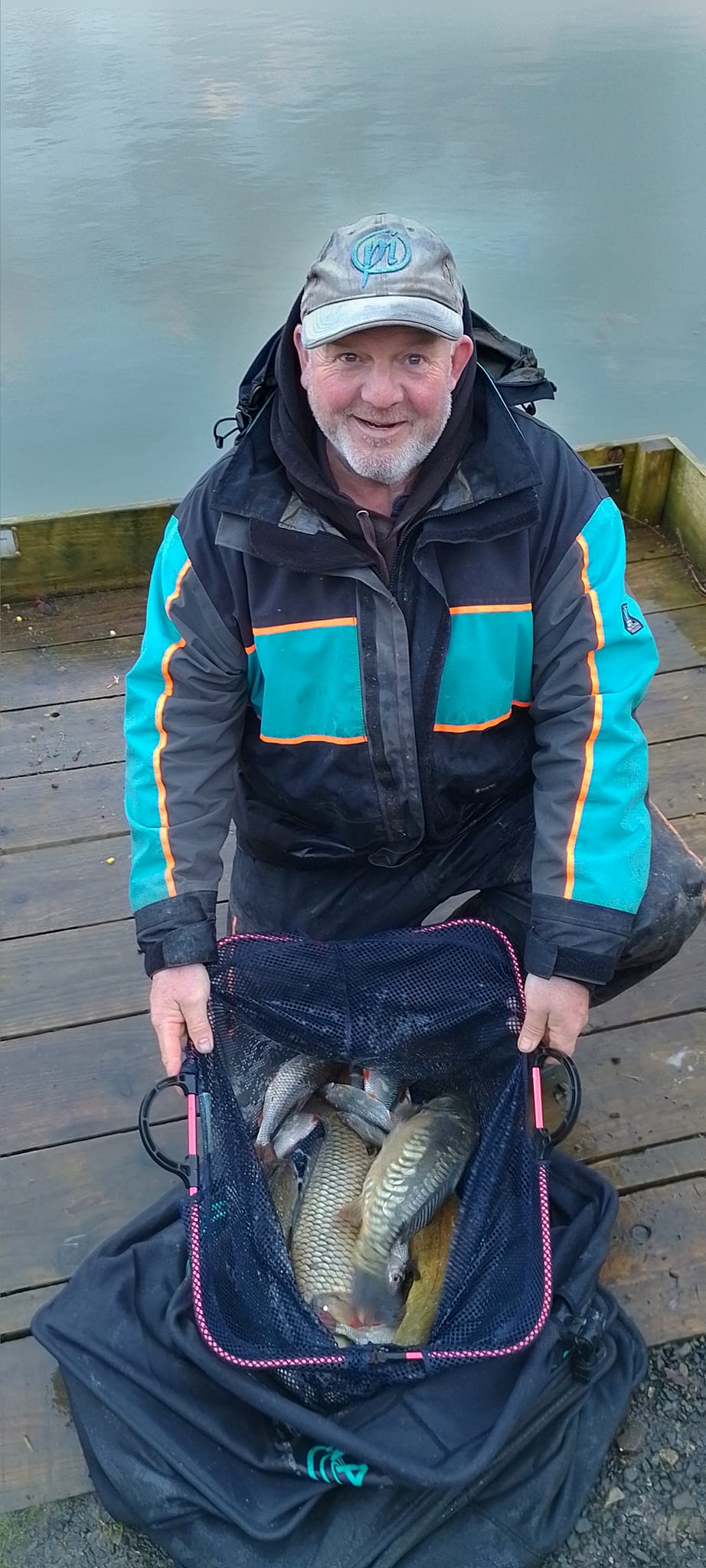
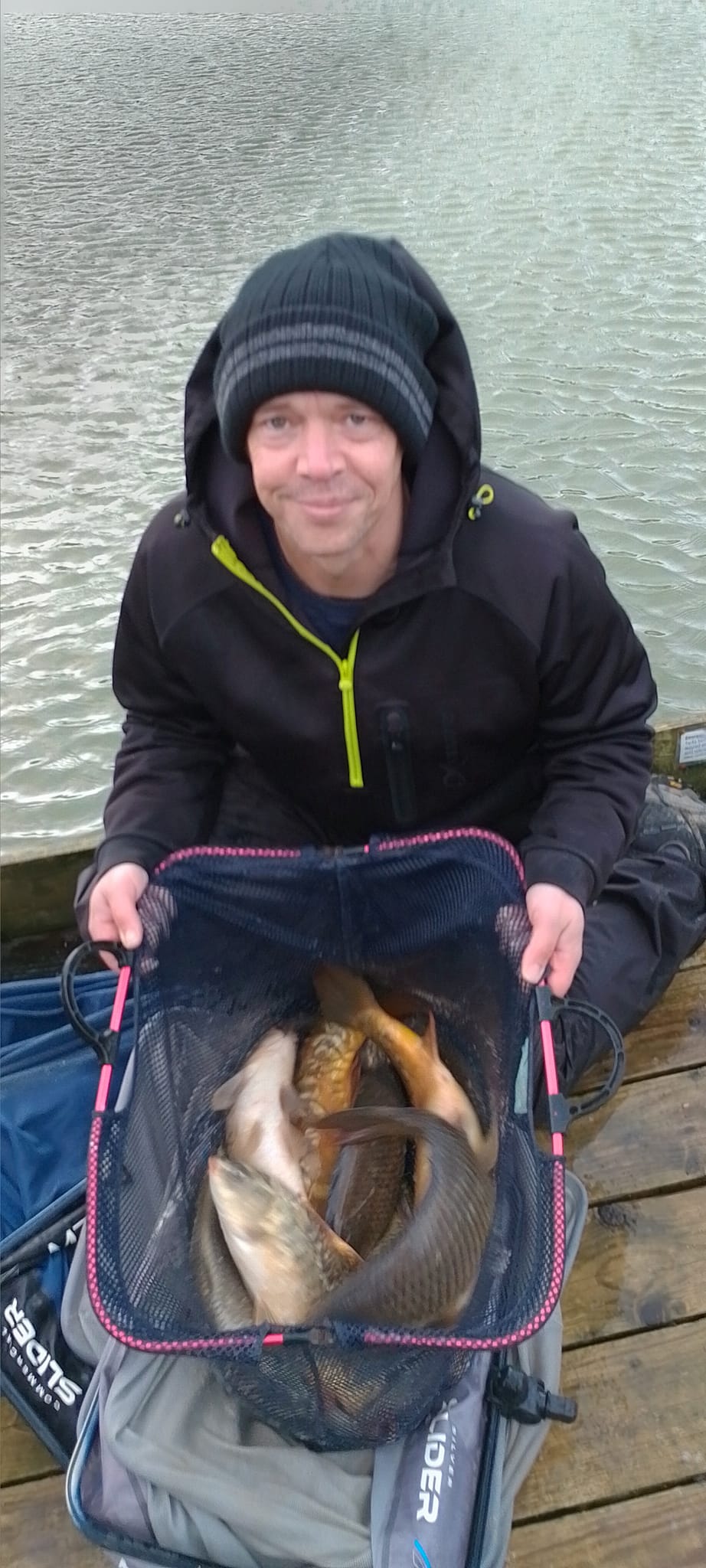
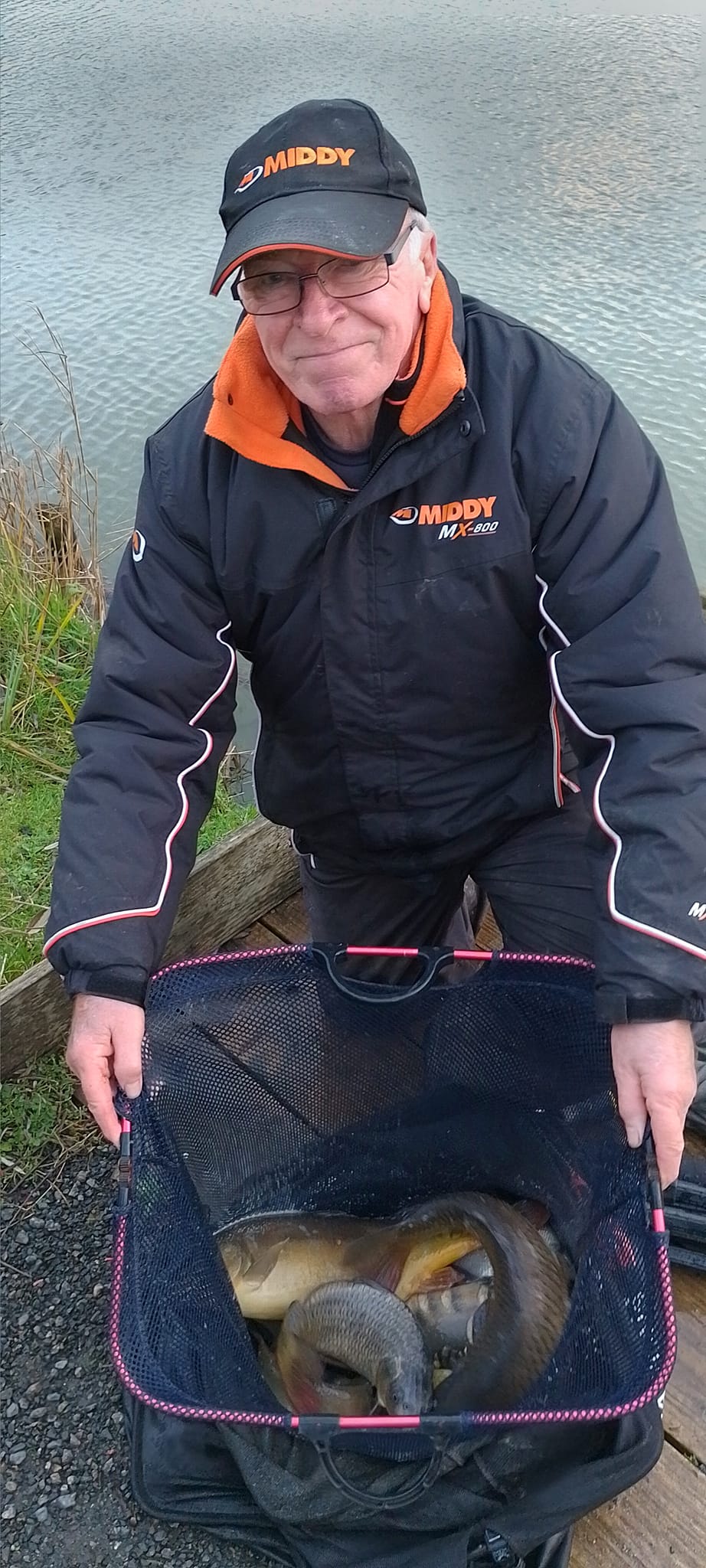
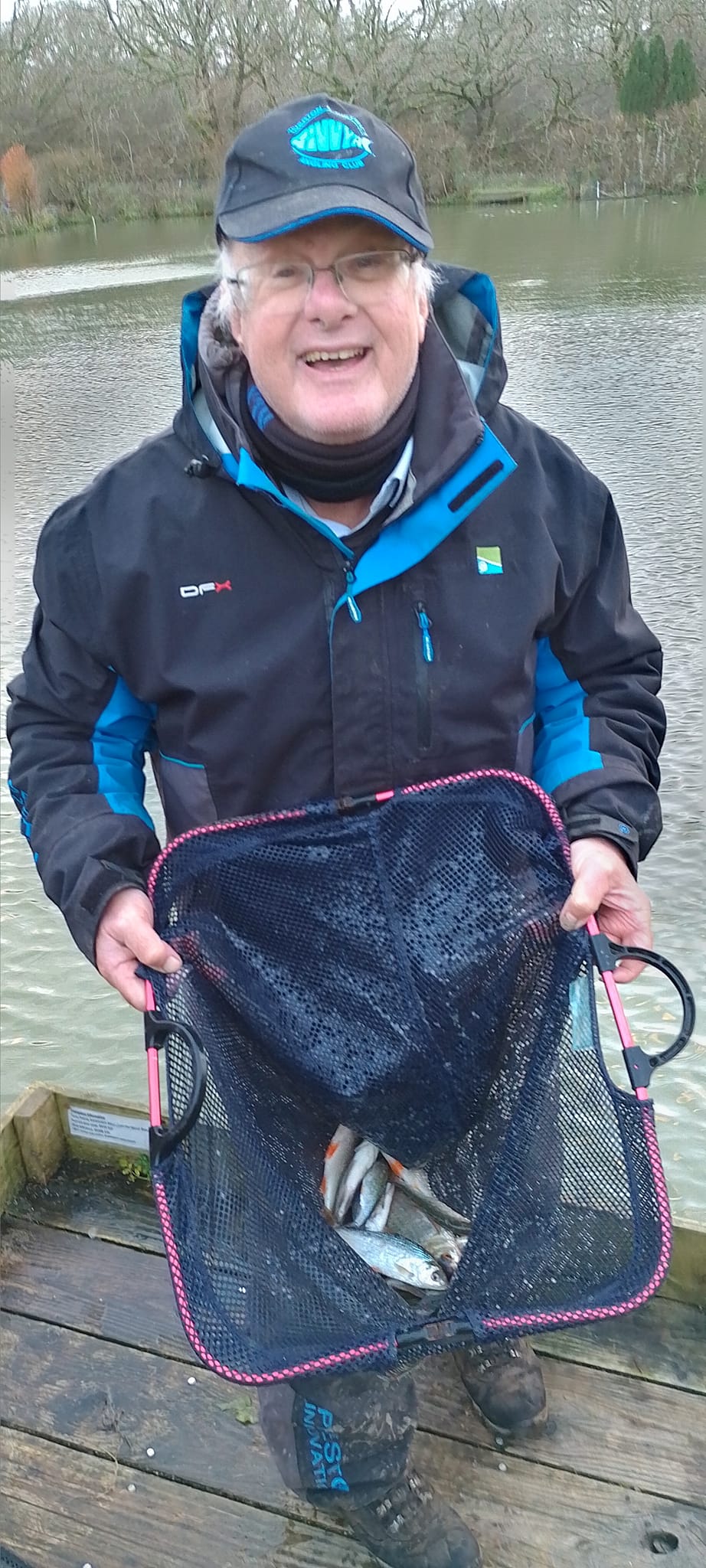

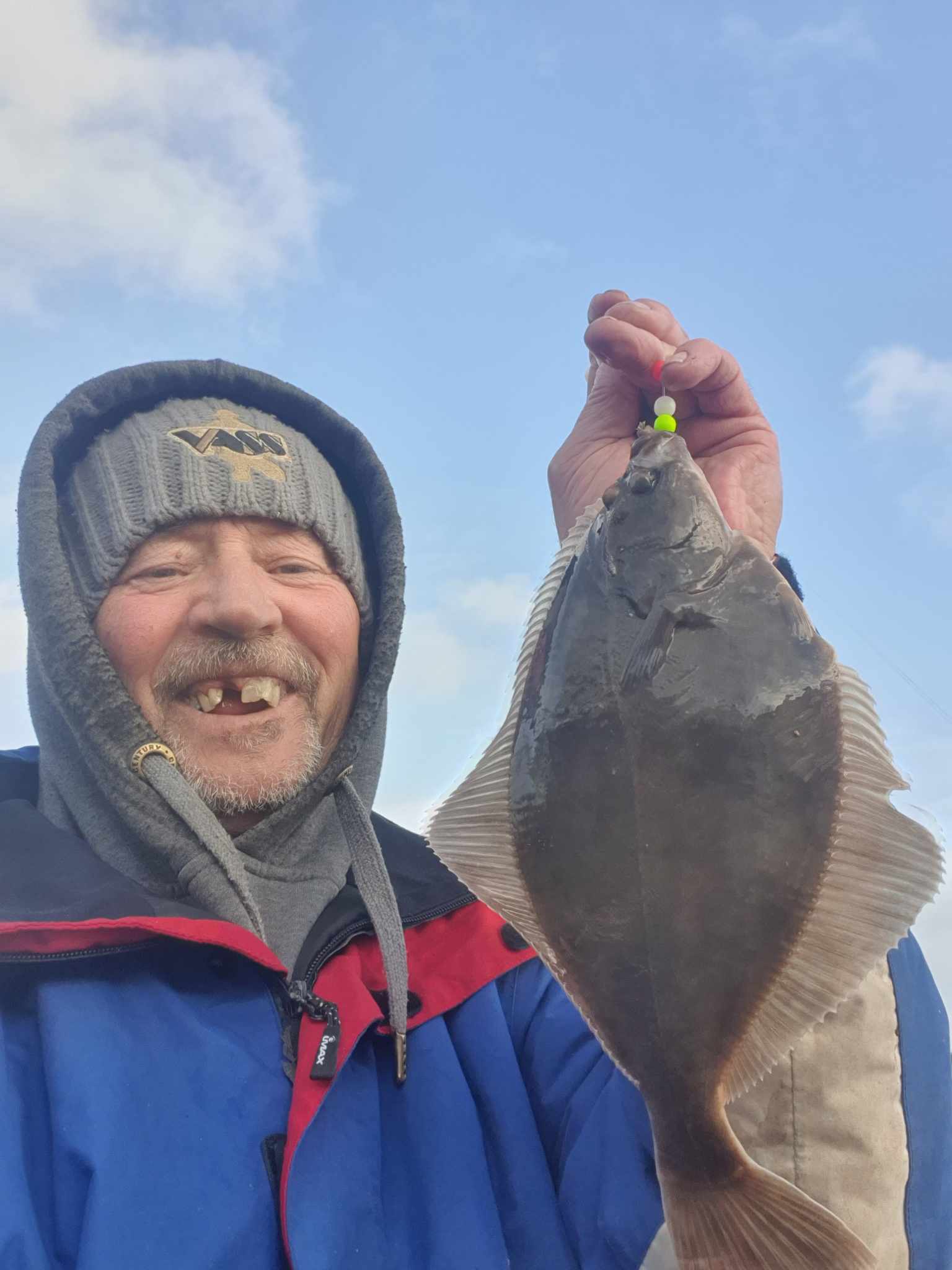
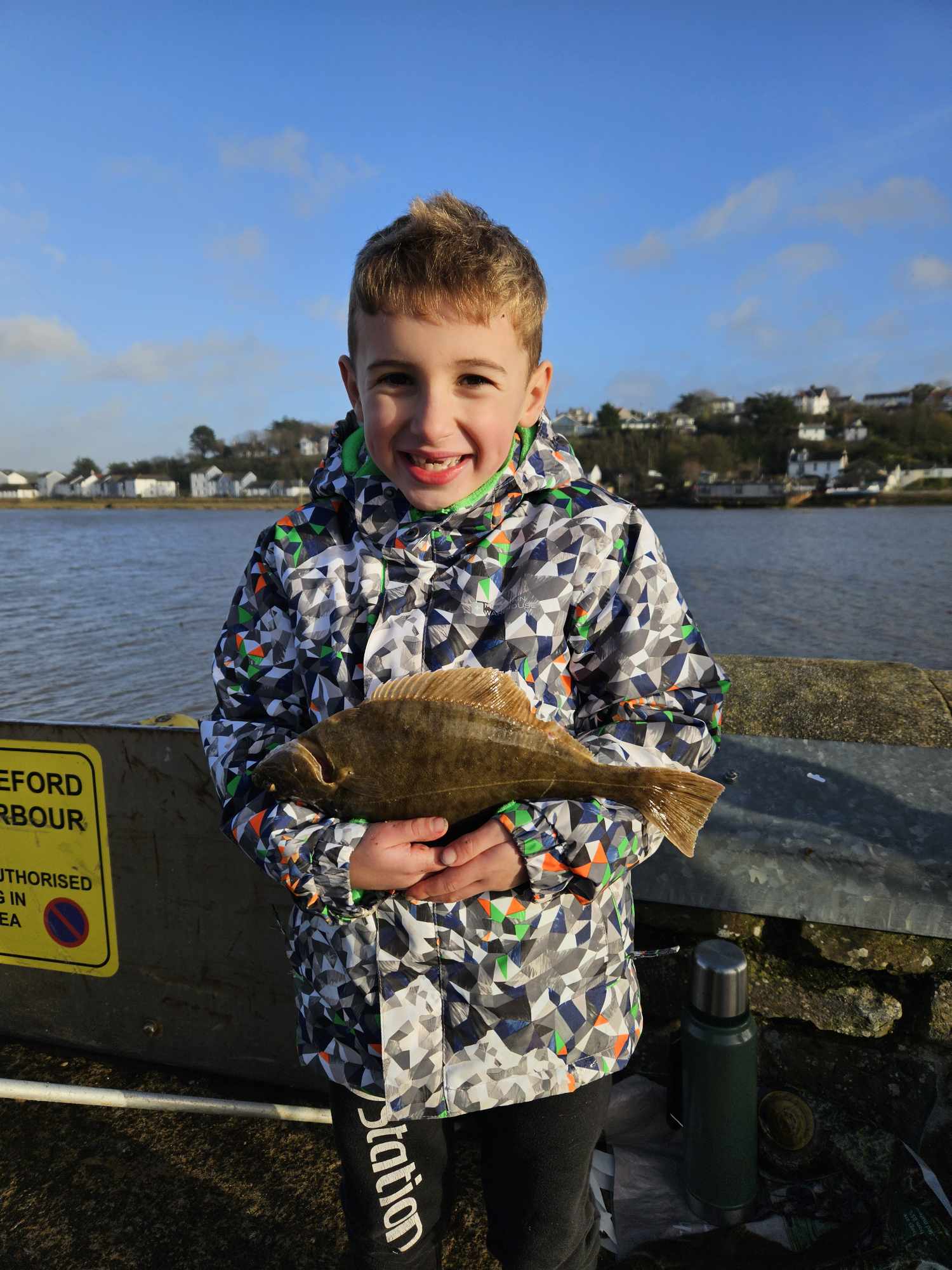
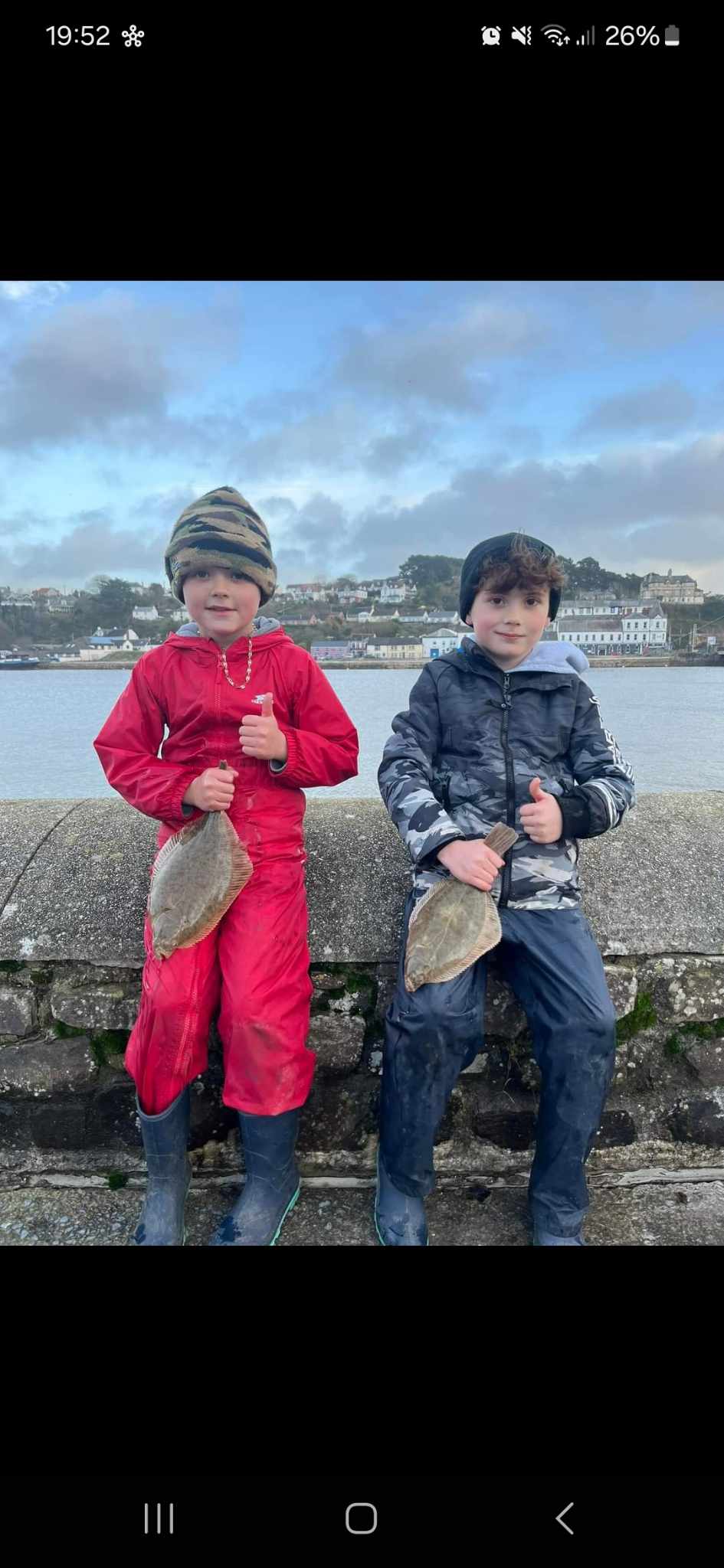
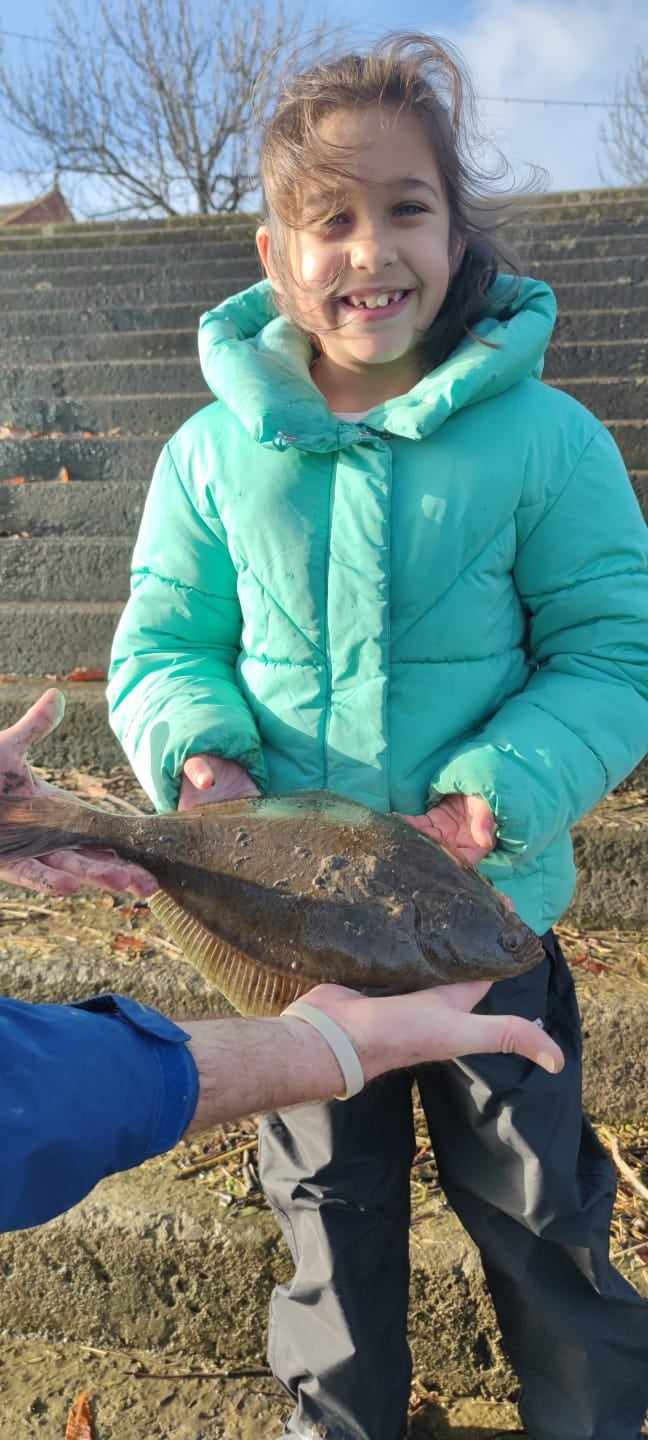
An absolutely brilliant turn out of 95 Anglers even the weather played ball in the end.
Top 20
1st Dave Atkinson 1lb 11 1/4
2nd Matt Cleverly 1lb 11
3rd Holly Allin 1lb 10
4th Andy Aspinall 1lb 9 3/4
5th Nigel Gullen 1lb 9
6th Shaun Kersey 1lb 6 3/4
7th Antony Smith 1lb 6 1/2
8th William Baker 1lb 6 1/4
9th Gary phipps 1lb 5 3/4
10th Martin John’s 1lb 5 1/2
11th Antony Smith 1lb 5 1/4
12th Lewis Collins 1lb 4 1/4
13th Ryan Mayhew 1lb 4
14th Paul Burslem 1lb 3 3/4
15th Derek Walter 1lb 3 3/4
16th Cally Horsham 1lb 3 1/2
17th Scott Bowden 1lb 3
18th Shaun Kersey 1lb 2 1/2
19th Steve Ashmore 1lb 2 1/2
20th Scott Bowden 1lb 2 1/2
Juniors
1st Holly Allin 1lb 10
2nd Cally Horsham 1lb 3 1/2
3rd Holly Allin 1lb 2
4th Preston Kersey 1lb 1 3/4
5th Ivy may mccourt 1lb 0 1/2
6th Bailey Phipps 1lb 0 1/4
7th Preston Kersey 1lb
8th Chloe Sanders 1lb
9th James clearly 15 oz
10th Frankie Kersey 14 3/4 oz
11th Alby Clements 14 1/4 oz
12th Callum Jay Mayhew 13 1/2 oz
13th Alby Clements 13 1/2 oz
14th Finley Eavis 13oz
15th Adam Pert 12 1/2 oz
16th Cally Horsham 11 1/4 oz
17th Frankie Kersey 10 3/4 oz
18th Ivy May Mccourt 10 3/4 oz
19th TJ Ashmore 10 1/2 oz
20th Jacey Ashmore 9 1/2 oz
The pool was won by No’ 42 Scott Bowden £72
Thank you ever so much to all are sponsors we couldn’t do it without you’re fantastic donations.
D S Electrical, Anglers Heaven , Clawford Lakes Resort and Spa, Devon Baits, Gabby Carp Pillows, Honeys Butchers, Parkham Cheese, The Bell Inn, Parkham, Quay Sports , James grigg, Stephen Found , Andrew Clements , Crusher, Debbie Jones , Summerlands Tackle
Also thanks to Sharon who ran the bar and the Reds Rowing Club for letting us use their facilities.
We made £530 which we will share between Chemohero and Hedwigs Hotel Hedgehog rescue.
I apologise if I’ve missed anyone or spelt any names wrong 😅
See you all next year and have a fantastic Christmas from Bideford & District Angling Club !!!
BREAKING NEWS
| In the species reassessment released today by the IUCN Red List of Threatened Species, the main UK population of Atlantic salmon is reclassified as endangered – meaning they are threatened with extinction. Global populations are reclassified from least concern to near threatened.
Here in the UK, we are set to lose this incredible species before anyone else unless urgent action is taken. IUCN’s reassessment indicates that the mechanisms in place to protect Atlantic salmon are not working. The regulators responsible for their protection are failing both the species and the habitats on which they depend. The main threats to the UK populations of Atlantic salmon come as no surprise and include declining water quality, in-stream barriers, salmon farming, exploitation and climate change. In response to today’s announcement, our chief executive, Nick Measham, said this: “Thanks to the money raised by our supporters, we commissioned IUCN to reassess the status of Atlantic salmon stocks across the world. The outcome, although not unsurprising, is very grim. The UK population is in crisis thanks to our government’s and its regulators’ failures. We need the government to give our regulators the mandate and resources to act urgently to save our Atlantic salmon and their rivers”. |

https://www.justgiving.com/campaign/salmon-free-christmas

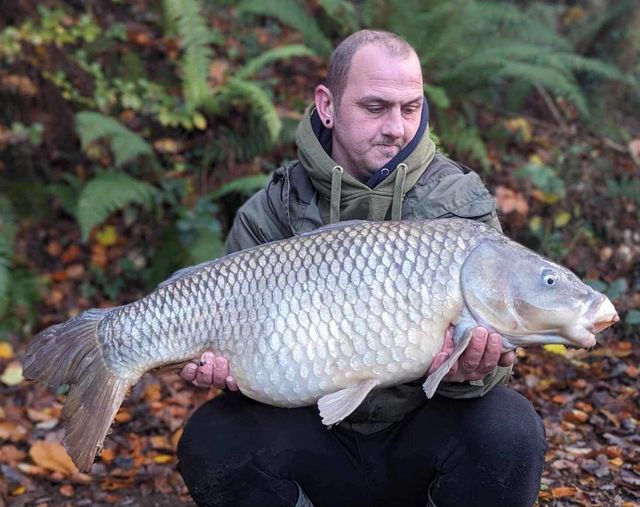
Congratulation to Nick Braunton who helped to organise this brilliant competition that attracted a a large number of local anglers.
1st Nobby Jefferys 1lb 9ozs winning £250
2nd Dick Talbot 1lb 8ozs
3rd Paul Burslem 1lb 7.1/2ozs
4th Tony Gooch1lb 7.1/4oz
5th Johnny Weeks 1lb 6ozs
6th Matt Horsham 1lb 4.1/2oz
7th Mark Jordan 1lb 4.1/4oz
8th Graham Parsons 1lb 4ozs
9th Paul Simmons 1lb 3.1/2
10th James Mayhew and Matt cleverly 1lb 3 1/4oz
59 seniors fished
The result of the juniors was
1st place Barnaby Raymont 1lb 5ozs
2nd Bailey Phipps 1lb 4ozs
16 juniors fished in total 75 fished the event..Tony Gooch and Dick Talbot won the blind pairs with a total of 3lb 5ozs..Great day but with minus 5 degrees it took some fishing..
Every junior won a prize donated by Summerlands Tackle, Angler’s Heaven, Quay sports and Sakuma Fishing & Bullet Bait.
Over £800 of cash prizes paid out and £706 raised for the Pollyfield Bar Refurbishment.

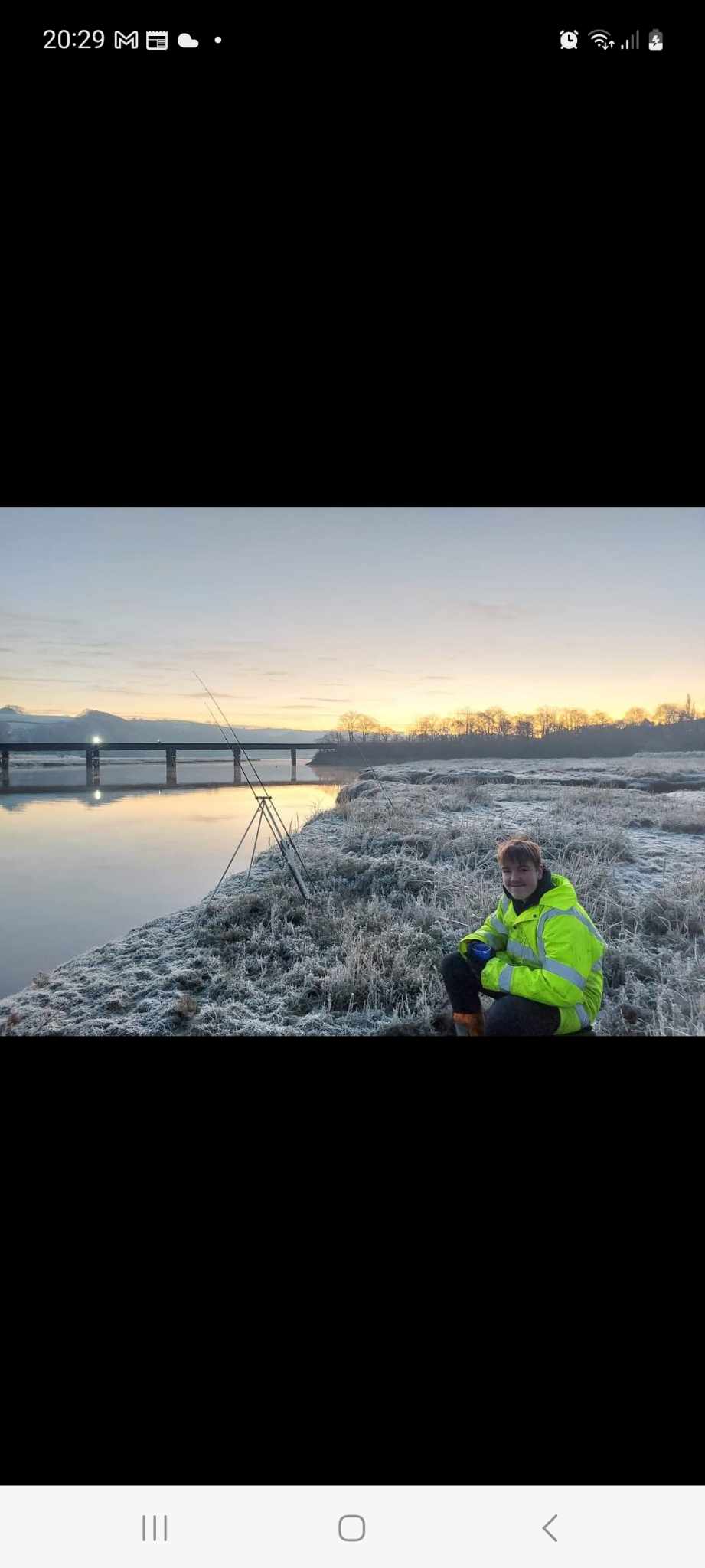
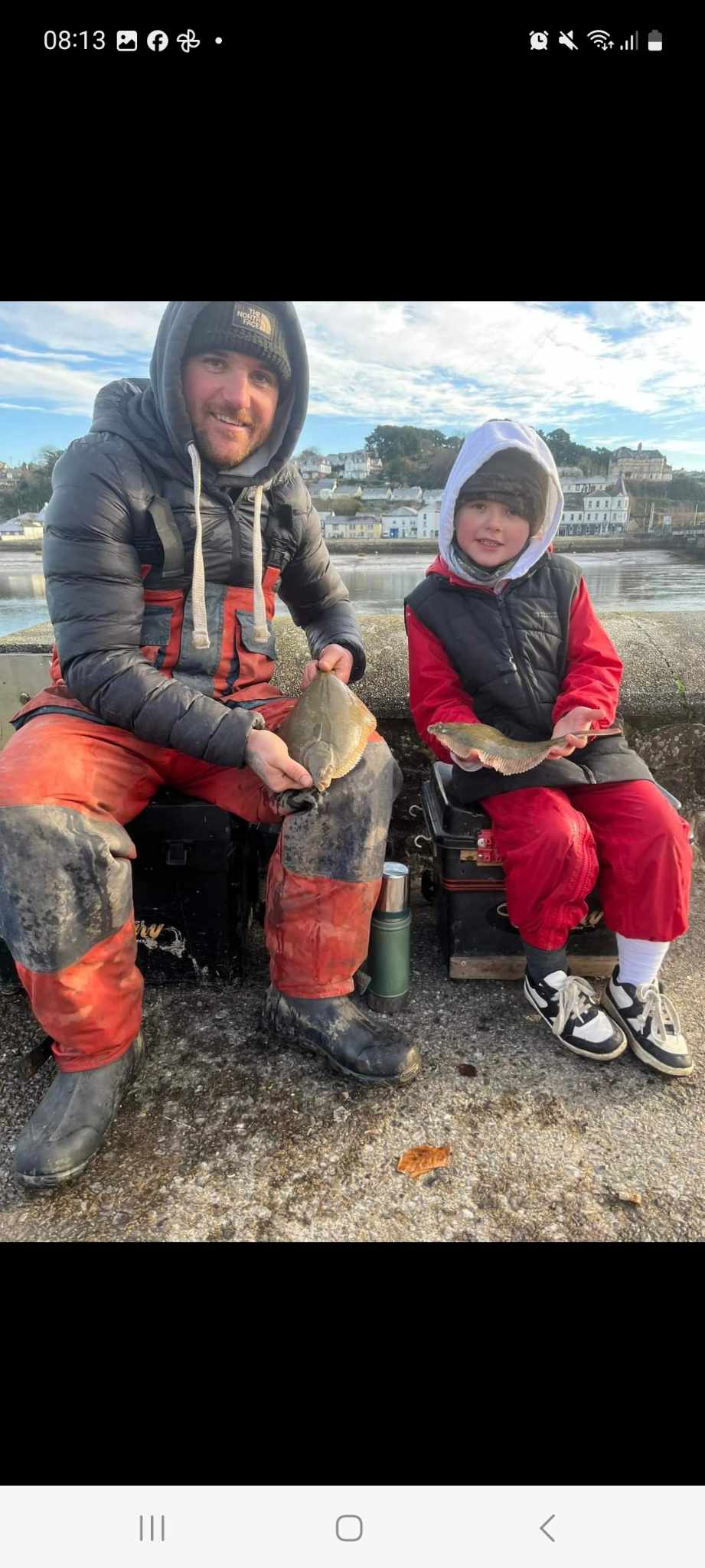
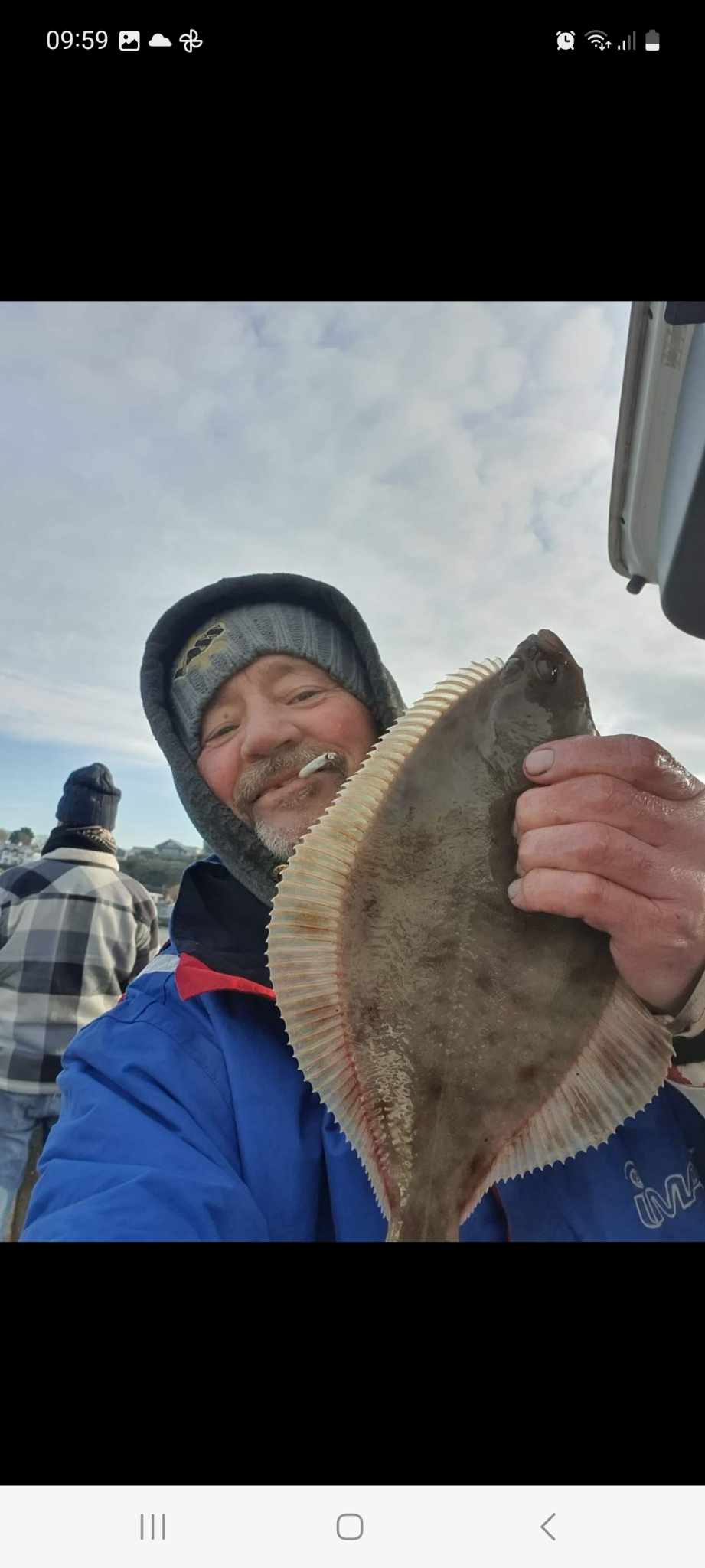
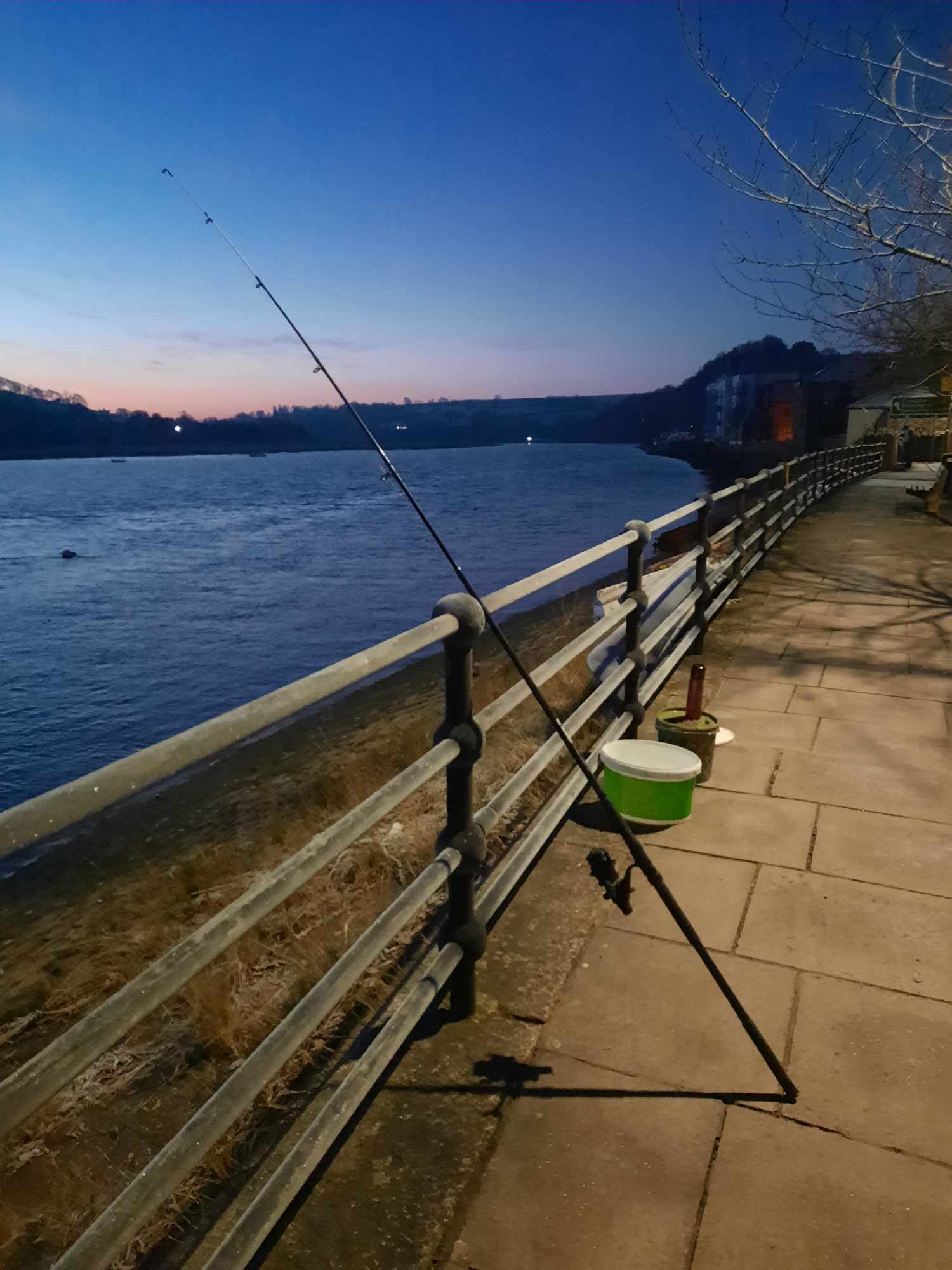
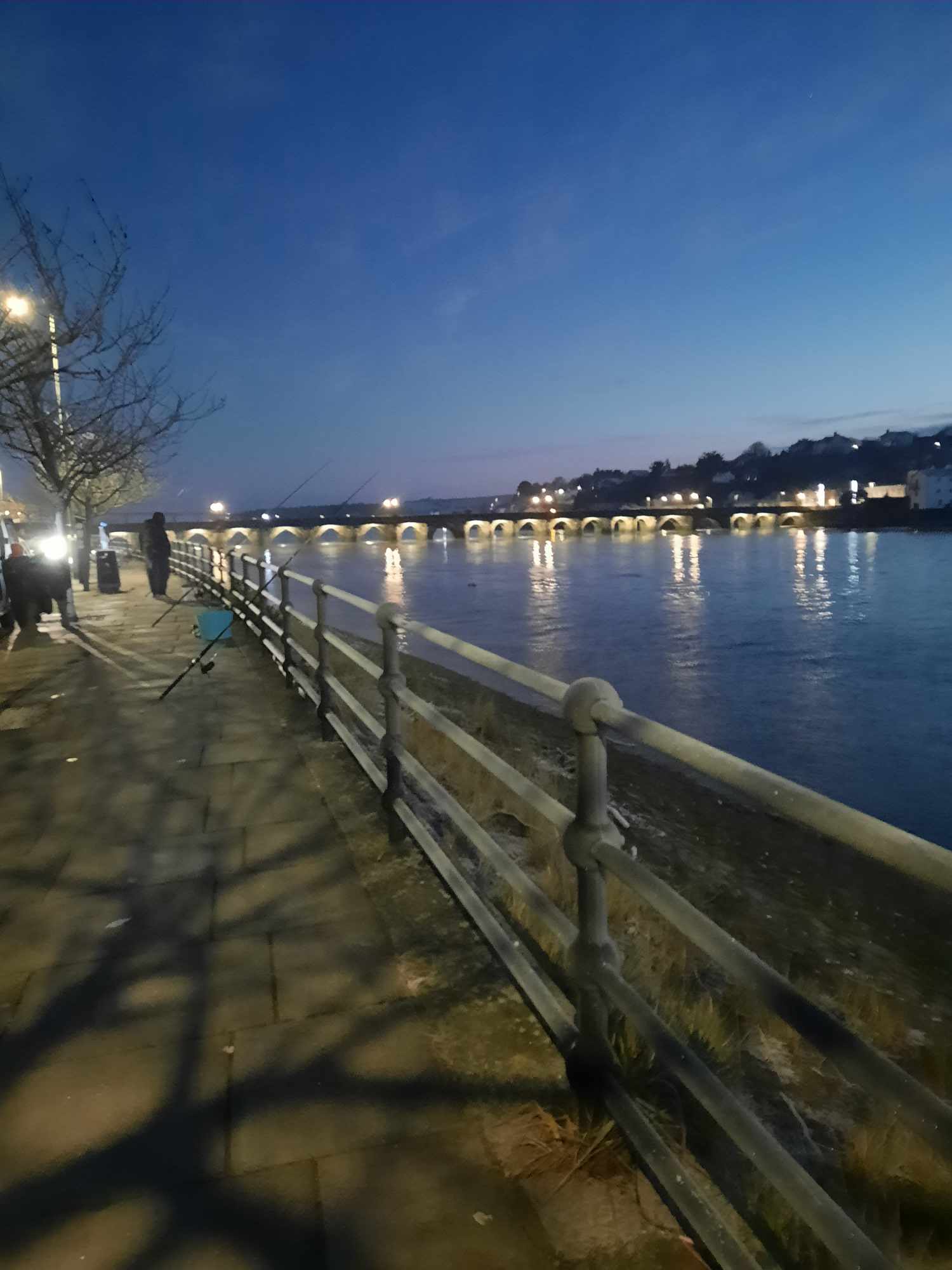
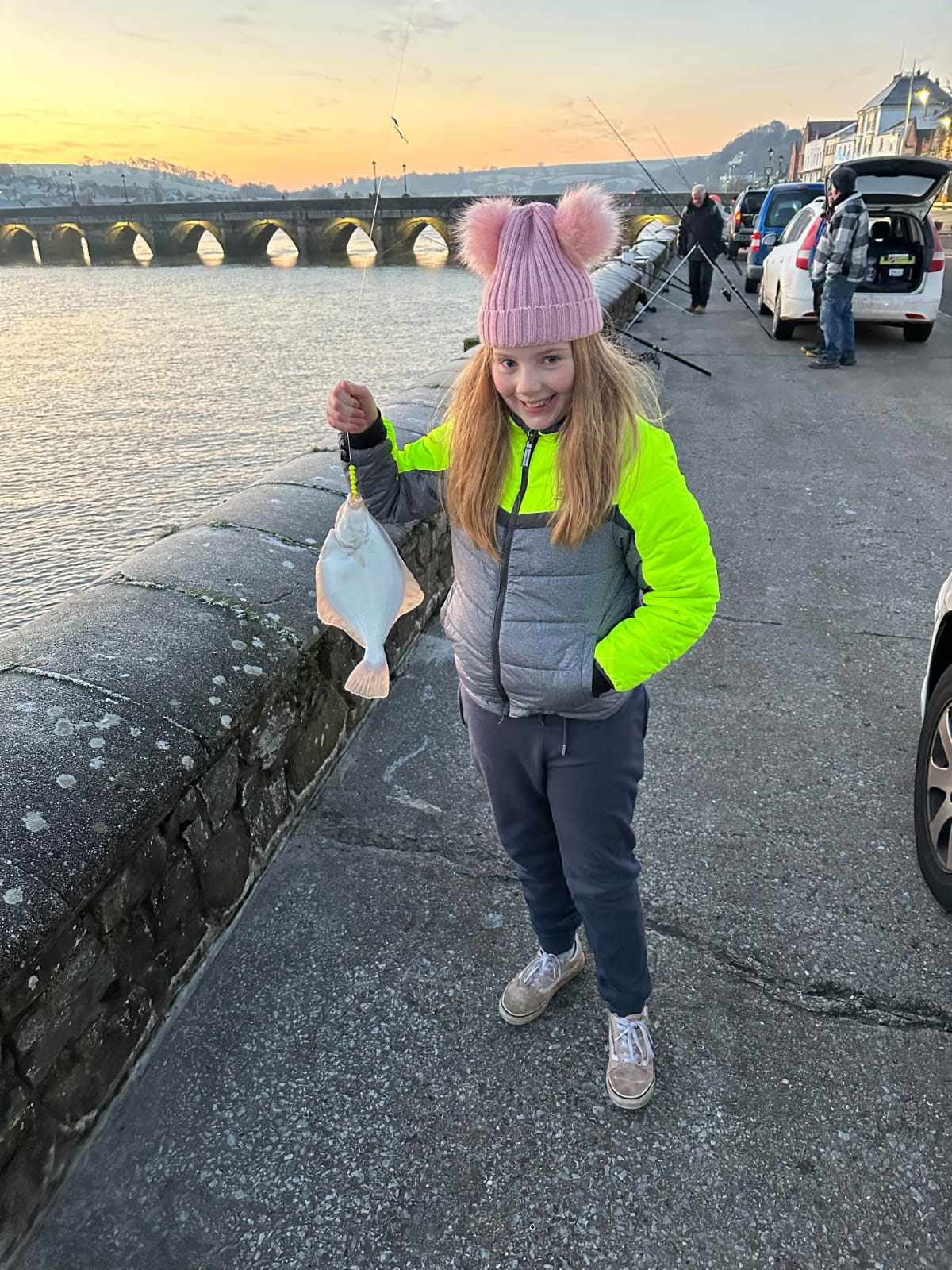
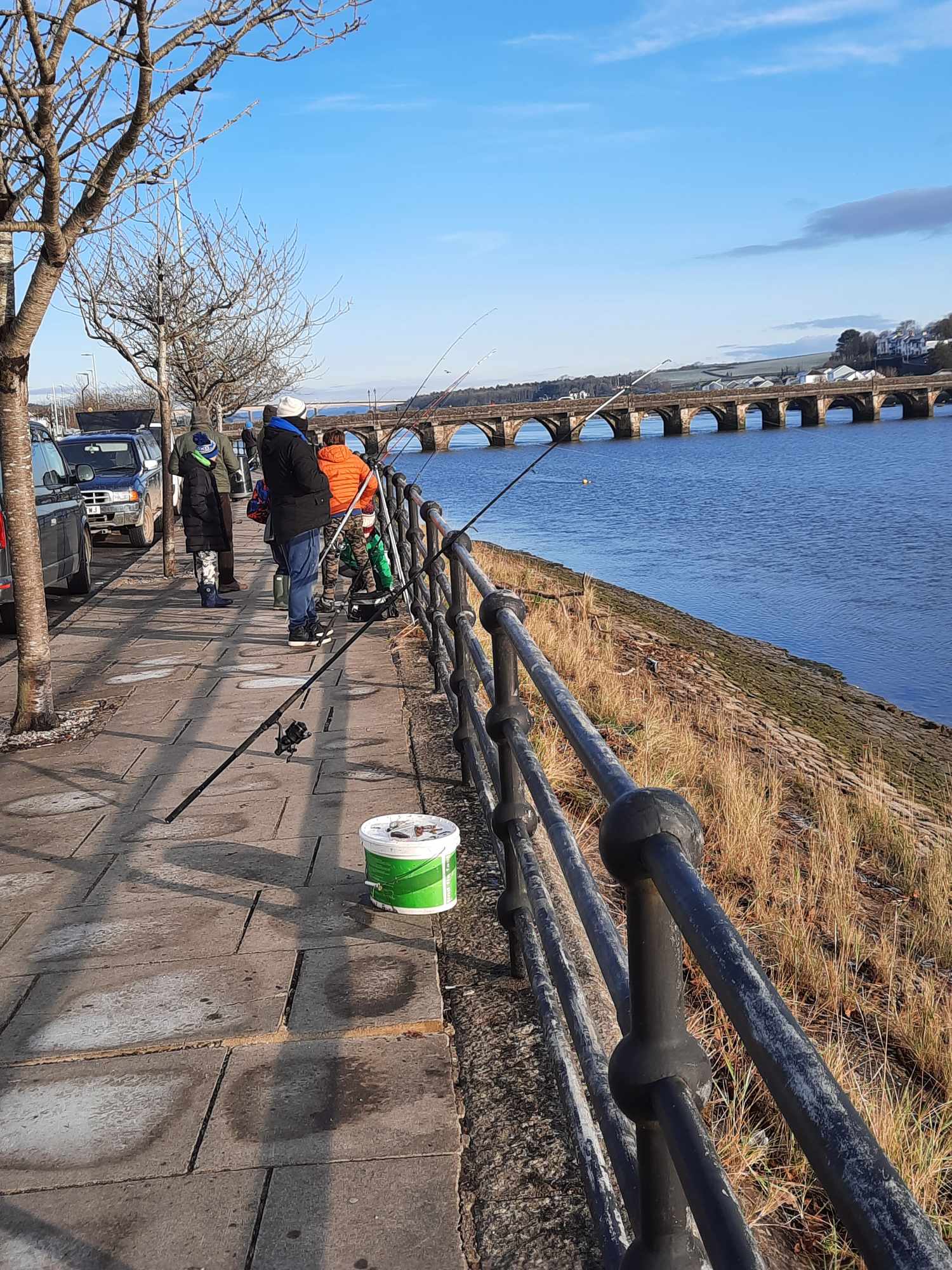
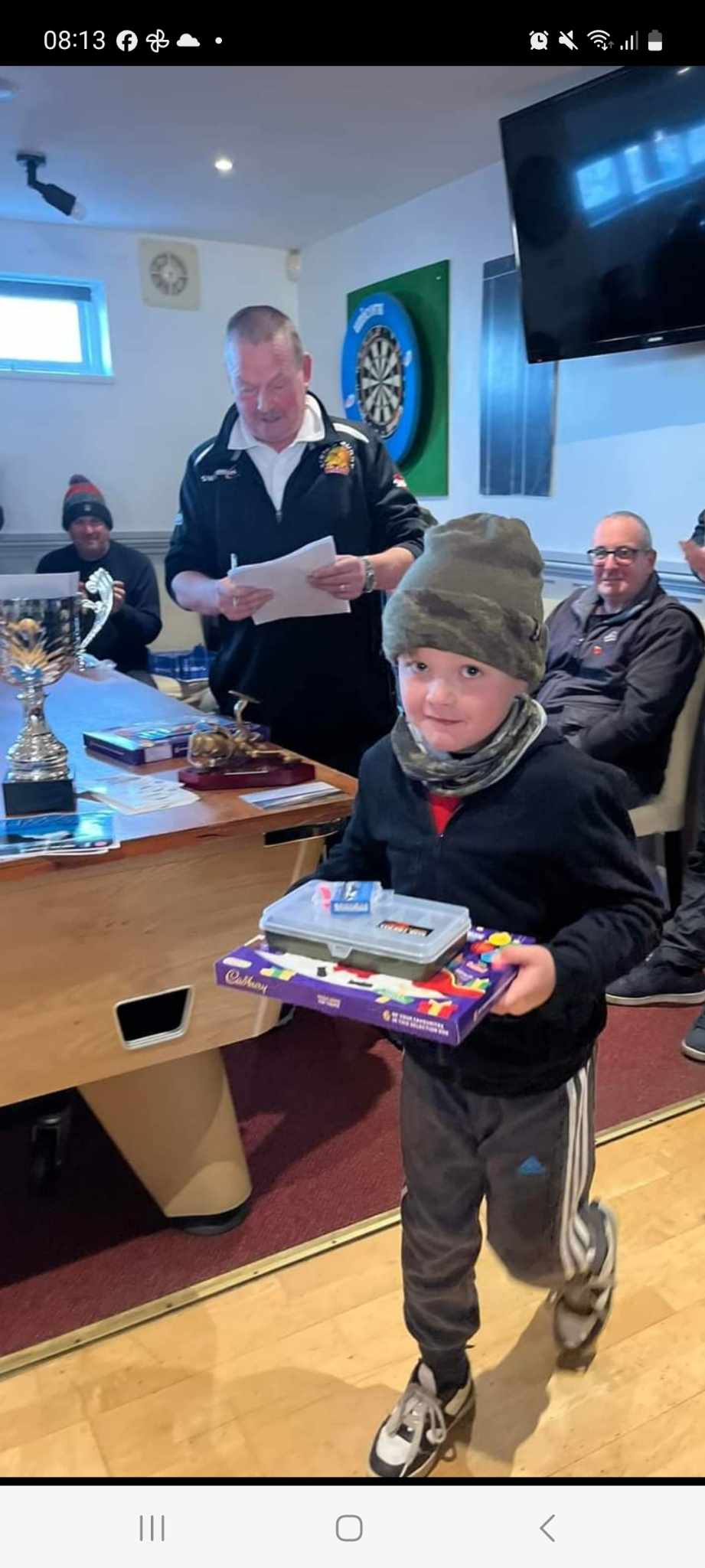
 Michael Hammett won Appledore Shipbuilders December Rover with a whiting of 1lb 9.75oz. Josh Atkinson took second and third place with whiting of 1lb 7.25oz and 1lb 5oz.
Michael Hammett won Appledore Shipbuilders December Rover with a whiting of 1lb 9.75oz. Josh Atkinson took second and third place with whiting of 1lb 7.25oz and 1lb 5oz.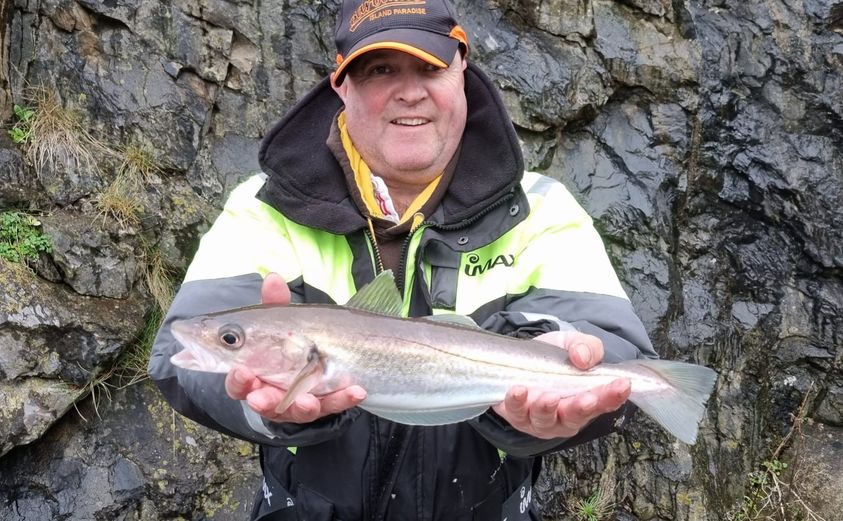
I visited Ilfracombe Pier last Sunday evening and attempted to catch a squid on a jig. After half an hour of casting and retrieving my confidence started to ebb. Persistence sometimes pays off however and I eventually felt a strange weight on the line. I was delighted to swing a squid of perhaps 12oz onto the pier.
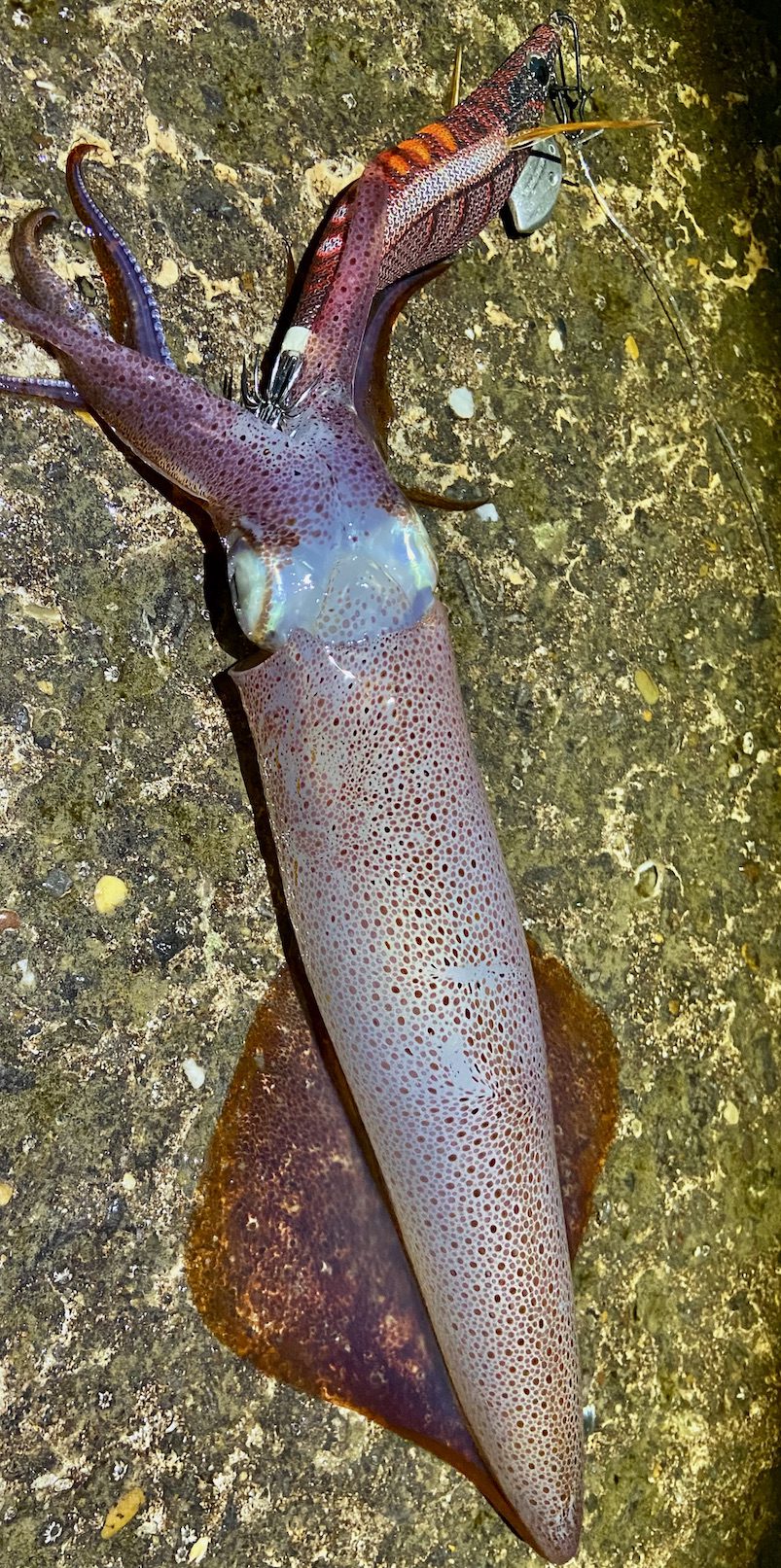
I was told that before I arrived several herring and mackerel had been tempted. It also seemed slightly surreal to watch a garfish swim past close to the surface. Mackerel and garfish were once considered to be summer fish but as sea anglers we are getting used to the blurring of the seasons. It seems that we should cast off the traditions and try to ring the changes to keep abreast of nature as climate change rewrites the rule books.
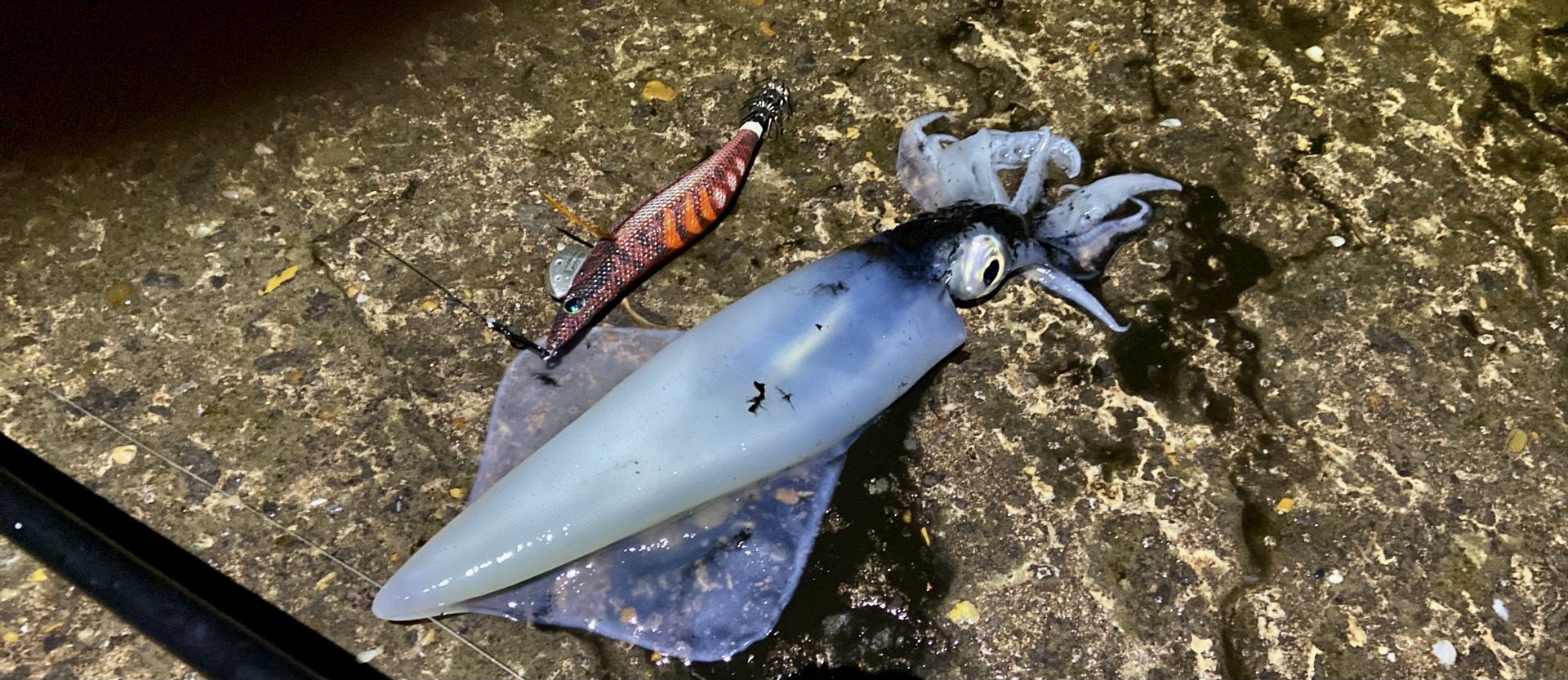
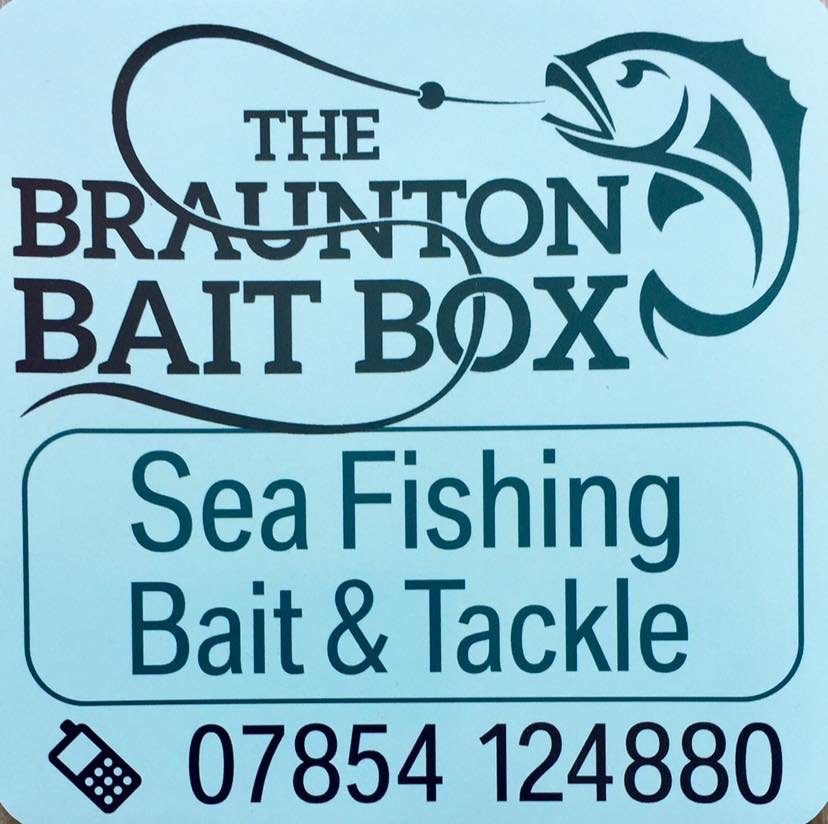

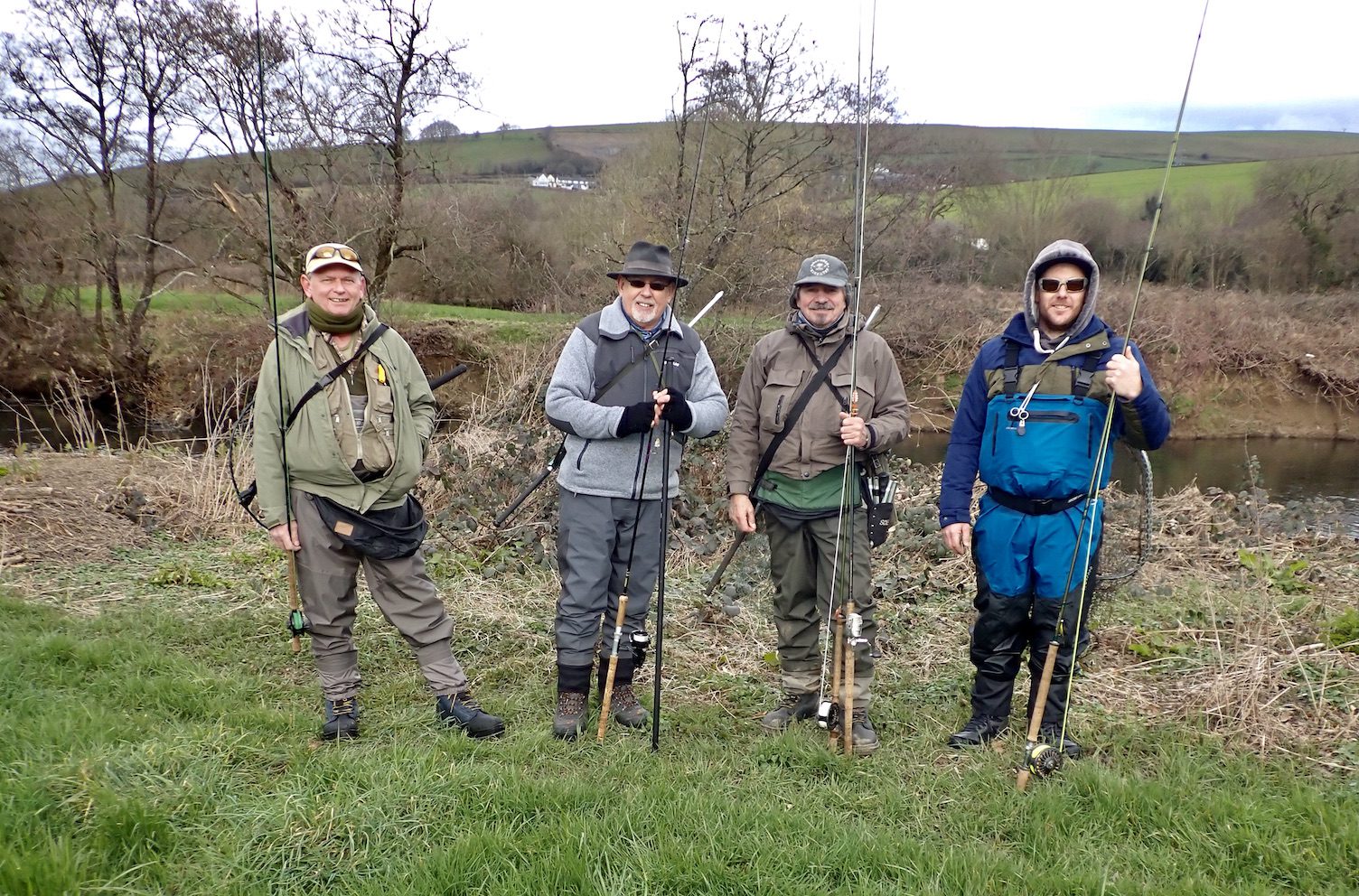
Another difficult year but it has had its moments , the Kelt run in March was spectacular ,all well repaired fish in the 6lb to 8lb range we had 14 reported in the first 2 days of the season before we asked for restraint and hope at least some make it back!! Also, Several good fish were caught during the year . I saw an old ghillie from the Tweed on TV recently explaining that salmon are called the fish of 10,000 casts .However we do actually have a new member who caught a salmon after just a couple of visits. This goes to show that Anything can happen at Newbridge but as ever “you have to be there”
A member sent an article from very first issue of Trout and Salmon in 1955 saying 100 fish were caught in the Taw Torridge tidal pools that year .They say it was a record and the result of restocking with Scottish fish a few years before. Food for thought.
We’ve had another year of low warm water ,leading to more angling restraint requested, the short spate in august brought a few fish up but the September spate was once again too late for us . Just as the fish started showing we had to stop.
Apart from Salmon ,Where are the sea trout? So, few have been reported even from traditionally prolific beats up river. It does seem that as the fish decline so does the fishing effort which doesn’t help with reported numbers.
We have good news ,as most are aware We have now finished the new club hut. This has been a huge effort by dedicated volunteers and the club are very grateful for it. It’s a lovely peaceful place to rest a while with a companion and watch the river pass by. We intend to have a formal opening on the first day of the season next year and Members will be notified nearer the time. Also, John and Hayden Kenyon led a working party for the installation of steps and a ladder to improve access to the railway swirl pit, now called the Chairman’s steps .They have our thanks for that.
You may not be aware but Earlier in the season our local wildlife trained police officer Lucy Robinson and our local EA bailiff Sam Fenner had a person excluded from our water due to antisocial behaviour connected to Elver poaching. This isn’t an easy process that included a difficult “home visit “and We are very grateful to them for this action. It’s good we have this level of support from our local enforcement officers. They always do as much as they can for us but they are under so many constraints and can only do what they are resourced for. The EA bailiff Sam Fenner also got involved with the cattle encroachment from just above the bridge .After a meeting The estate has now replaced the fencing and that is ongoing. The West Country rivers trust has installed water quality monitors just upriver from us and we’re all interested in any reports from that. Another item of interest is that Adi’s wife ,Caroline Podesta ,is in the citizen scientist project and takes monthly water samples at the bridge ,it all helps to keep the pressure up on abuse of the rivers and the genie is firmly out of the bottle in regard to that. Who does what about it is another matter though! We can but support any campaign we come across . We generally have a negative attitude to these agencies but mostly the people on the ground are on the same page as us and as frustrated as us when it comes to any deployment of resources. Please be patient with them if you have any personal contact, we have to support them too as they are doing their individual best under a lot of pressure .We are encouraged to call in incidents/events at least it will get logged.
As a club We always doing our best to protect and improve The Newbridge beat we’re but always happy for any suggestions. Very exciting news is the club is finalising the purchase of another beat further up river. All details regarding fees and access will be forwarded to all members ,hopefully in time for the coming season.
Club cups were awarded at the recent AGM and this year the committee cup went to Dave Winter for his efforts at Newbridge, Paul Meredith gets the most salmon cup for his 3 good fish, Chay Boggis gets the Bass on the fly cup for his lovely 7lb fish from Clovelly, and I was lucky enough to get the best Salmon 34inches estimated at 13.5lb.
Don Hearn
Newbridge river keeper
